- Filter By:
-
-
Stock photos and images of username:Frederic
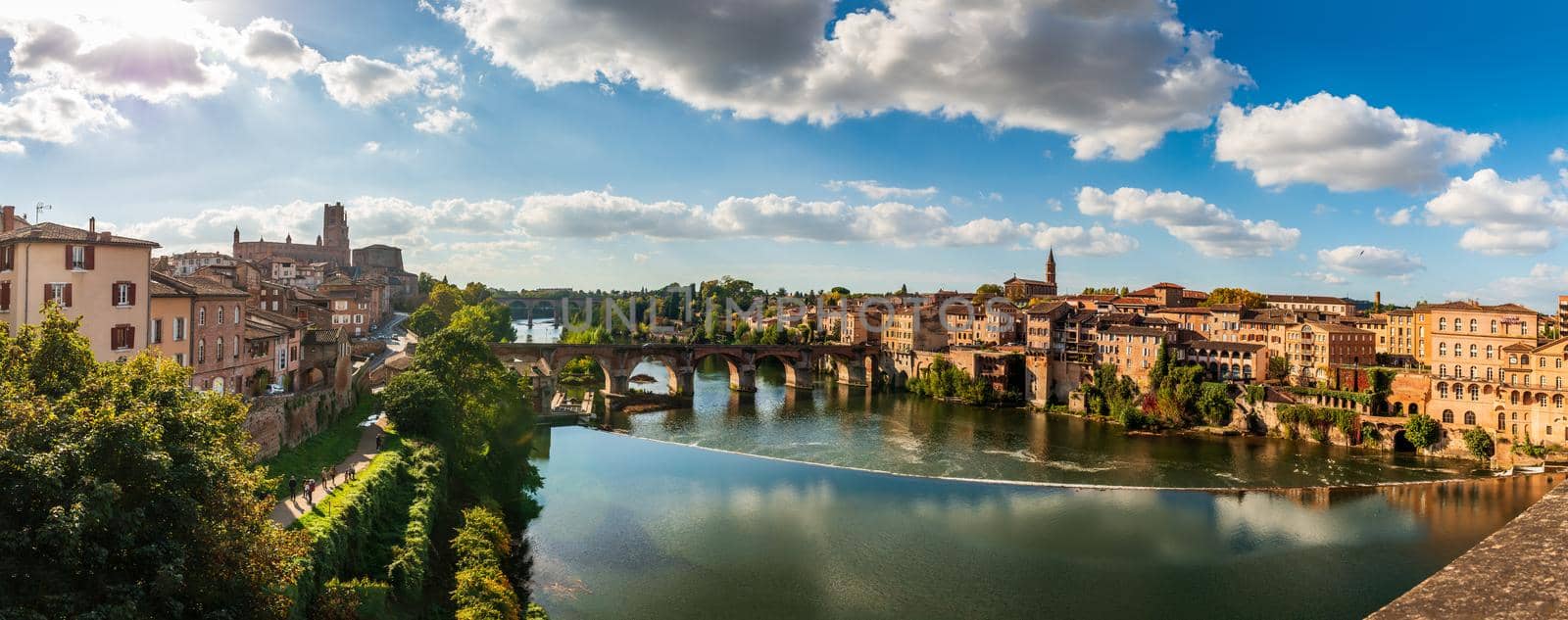
The Tarn and its banks, from the Pont Neuf in Albi, in the Tarn, in Occitanie, France
Stock PhotoUsername
FredericResolution
10000x3959pxThe Tarn and its banks, from the Pont Neuf in Albi, in the Tarn, in Occitanie, France

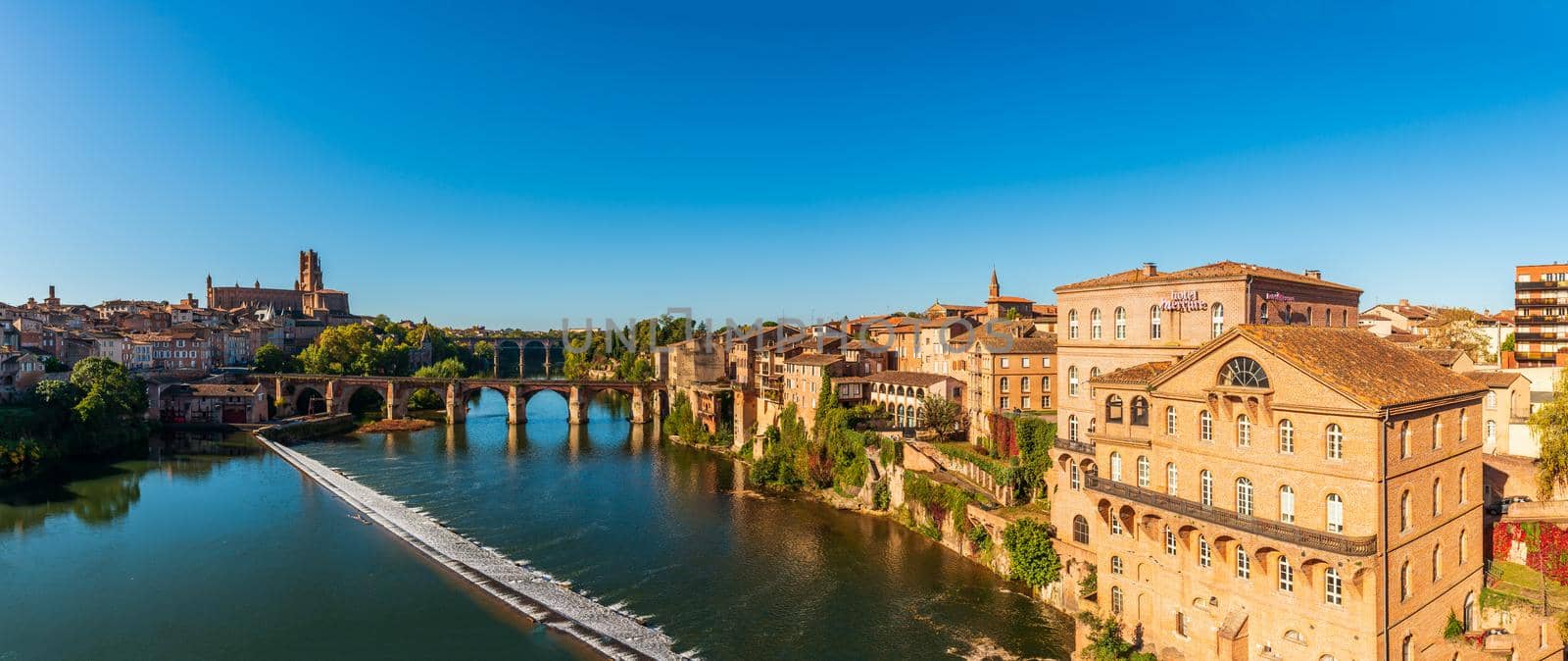
The Tarn and its banks, from the Pont Neuf in Albi, in the Tarn, in Occitanie, France
Stock PhotoUsername
FredericResolution
9000x3791pxThe Tarn and its banks, from the Pont Neuf in Albi, in the Tarn, in Occitanie, France

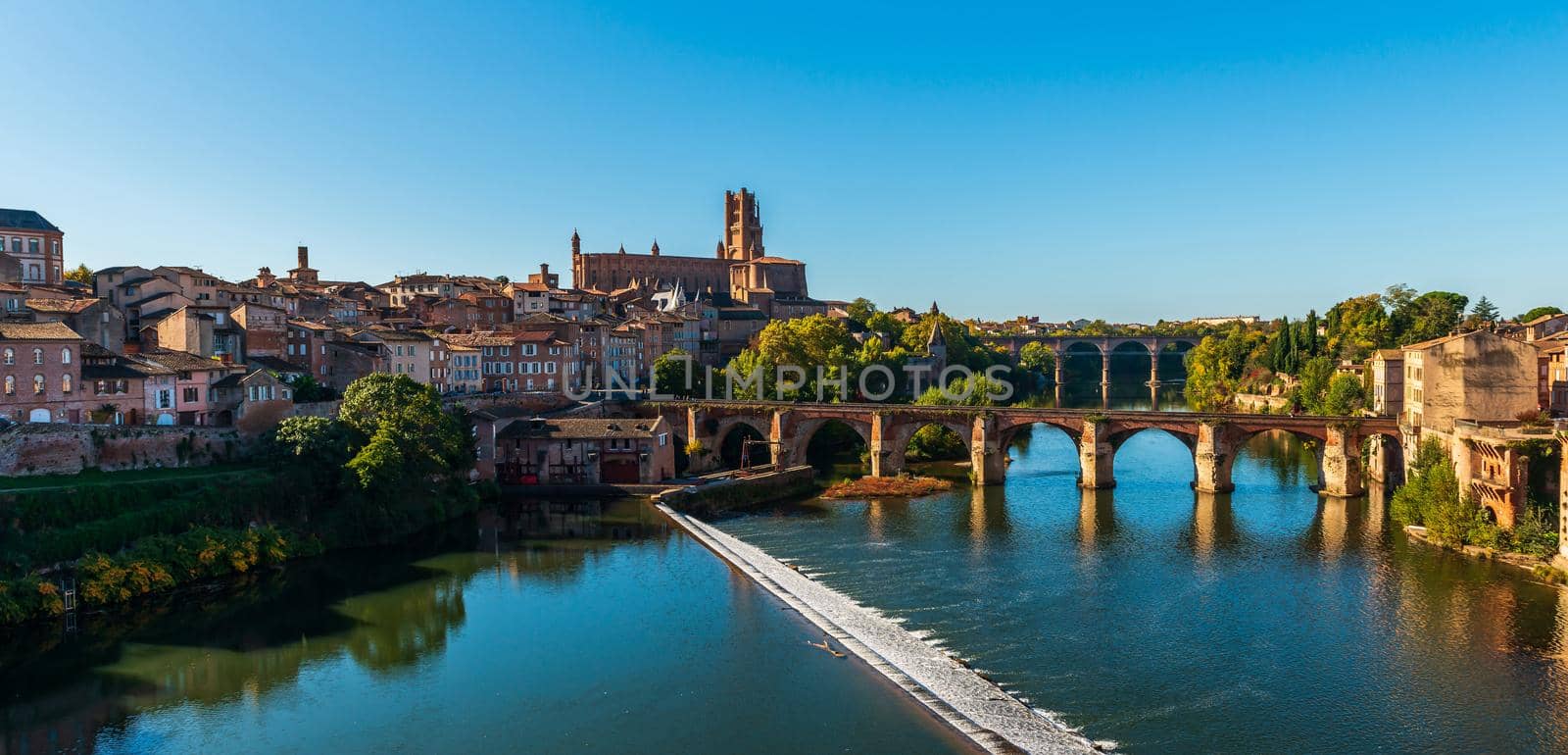
The Tarn and its banks, from the Pont Neuf in Albi, in the Tarn, in Occitanie, France
Stock PhotoUsername
FredericResolution
7360x3544pxThe Tarn and its banks, from the Pont Neuf in Albi, in the Tarn, in Occitanie, France


Aerial View of Toulouse, in Haute Garonne, Occitanie, France
Stock PhotoUsername
FredericResolution
8500x2436pxAerial View of Toulouse, in Haute Garonne, Occitanie, France

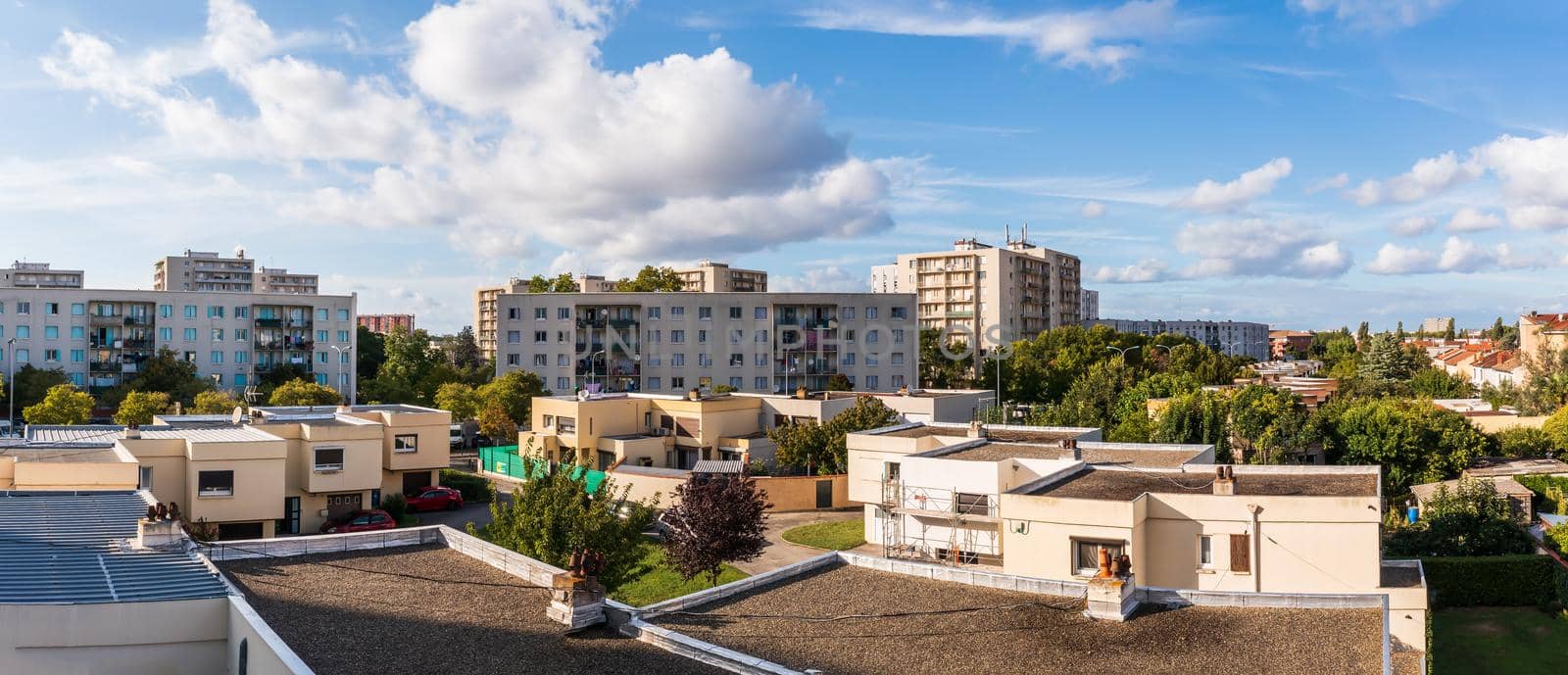
Aerial View of Toulouse, in Haute Garonne, Occitanie, France
Stock PhotoUsername
FredericResolution
8083x3481pxAerial View of Toulouse, in Haute Garonne, Occitanie, France


Aerial View of Toulouse, in Haute Garonne, Occitanie, France
Stock PhotoUsername
FredericResolution
10000x2935pxAerial View of Toulouse, in Haute Garonne, Occitanie, France

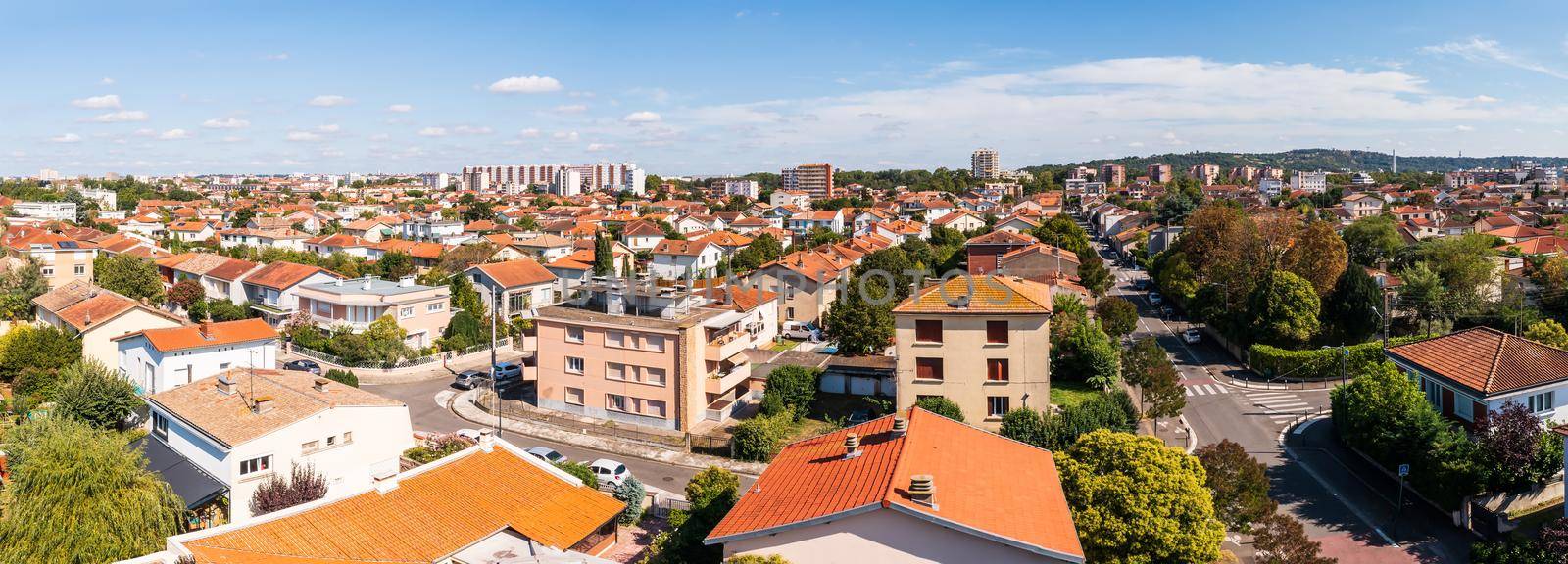
Aerial View of Toulouse, in Haute Garonne, Occitanie, France
Stock PhotoUsername
FredericResolution
9649x3473pxAerial View of Toulouse, in Haute Garonne, Occitanie, France


Aerial View of Toulouse, in Haute Garonne, Occitanie, France
Stock PhotoUsername
FredericResolution
8169x2456pxAerial View of Toulouse, in Haute Garonne, Occitanie, France


Statue of Louis XIV on Place Bellecour at night in Lyon in the Rhone, France
Stock PhotoUsername
FredericResolution
4919x2278pxStatue of Louis XIV on Place Bellecour at night in Lyon in the Rhone, France
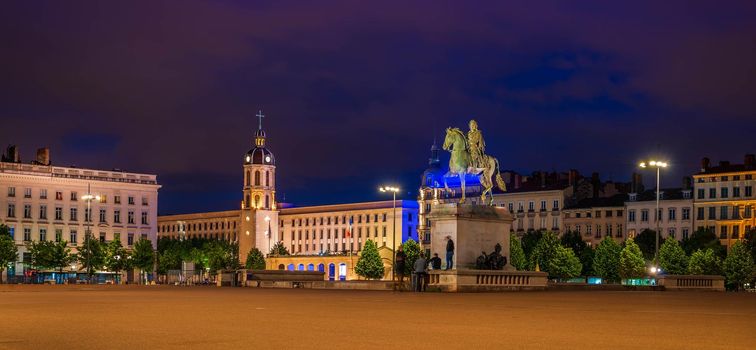

Panoramic of the oyster beds at the tang de Thau in Bouzigues, Herault in Occitanie, France
Stock PhotoUsername
FredericResolution
10964x3653pxPanoramic of the oyster beds at the tang de Thau in Bouzigues, Herault in Occitanie, France

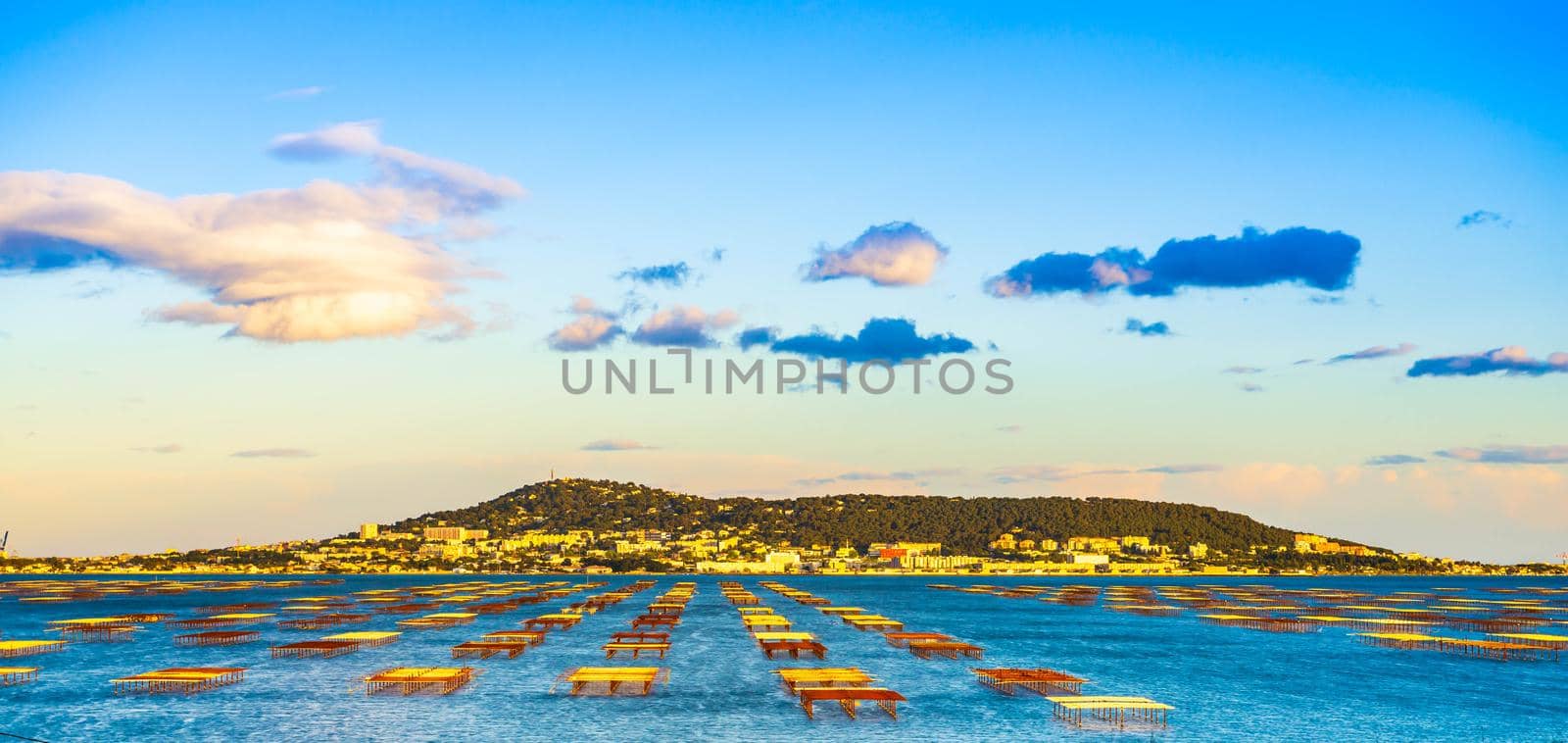
Mont Saint Clair and the Thau pond with its oyster tables in Hérault, Occitanie, France
Stock PhotoUsername
FredericResolution
7360x3485pxMont Saint Clair and the Thau pond with its oyster tables in Hérault, Occitanie, France


Sunrise over the pyramids of the seaside resort of La Grande Motte, in Hérault in Occitanie, France
Stock PhotoUsername
FredericResolution
13365x4585pxSunrise over the pyramids of the seaside resort of La Grande Motte, in Hérault in Occitanie, France
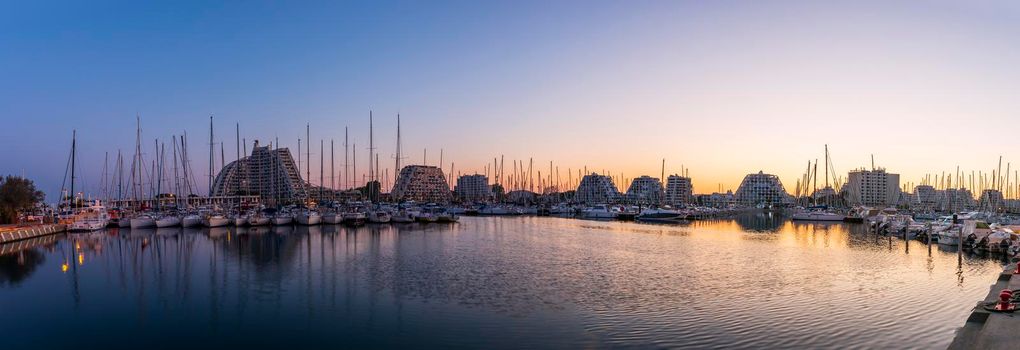
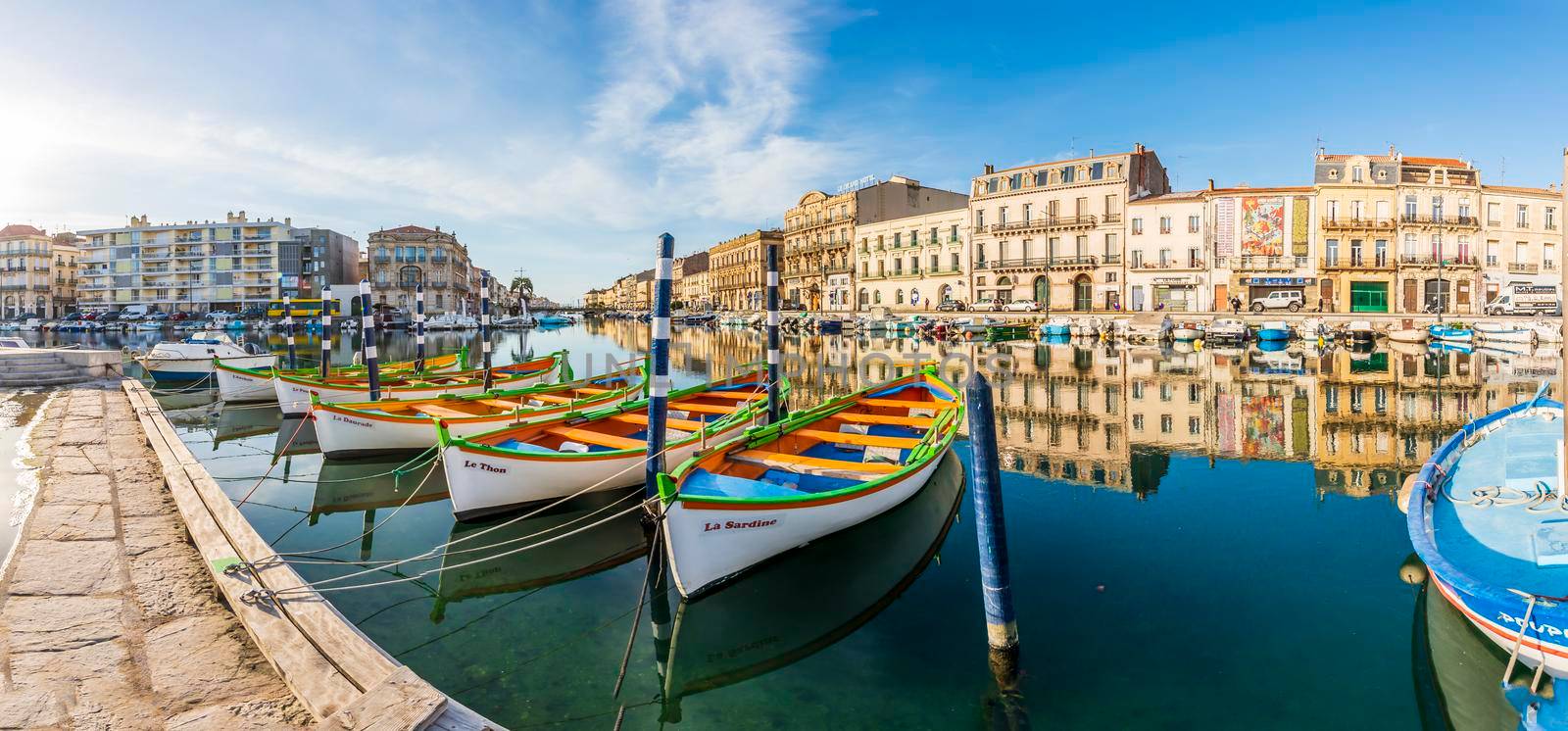
Typical boats of Sète on the royal cana, l in Sète, in Hérault, in Occitanie, France
Stock PhotoUsername
FredericResolution
8759x4086pxTypical boats of Sète on the royal cana, l in Sète, in Hérault, in Occitanie, France

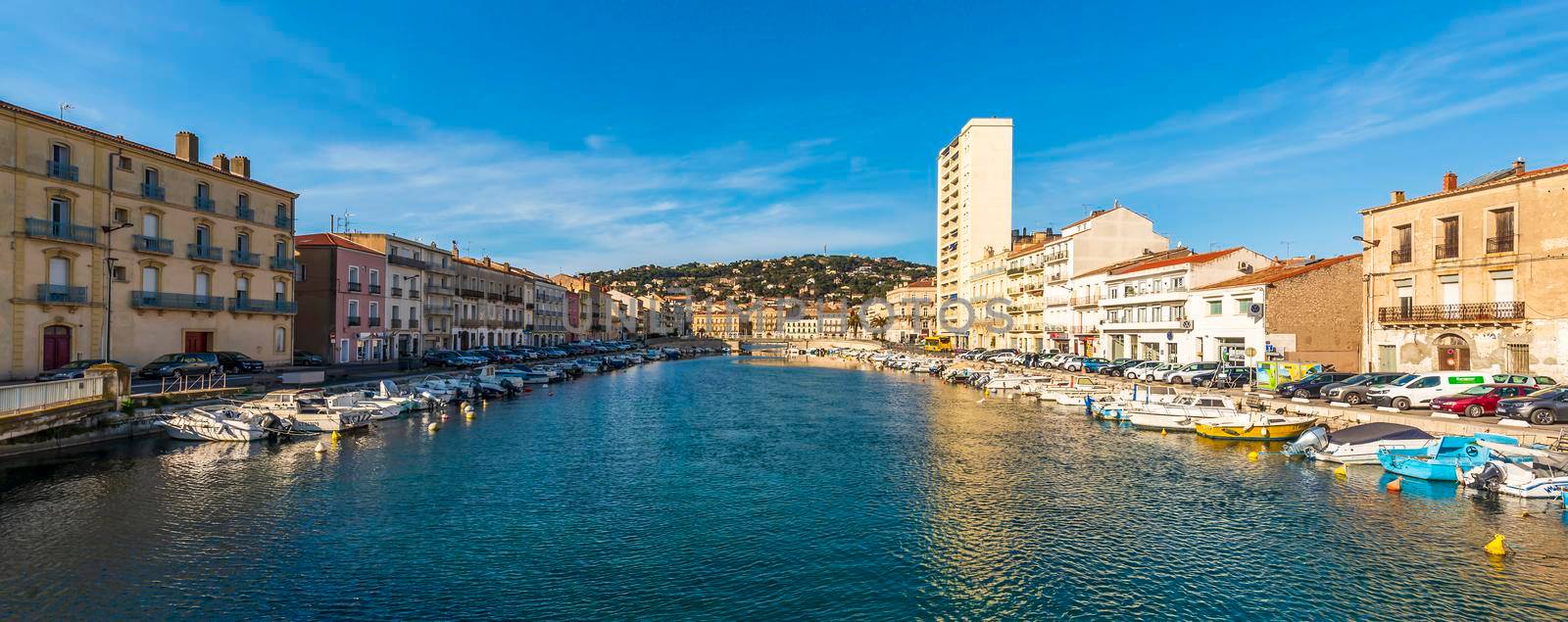
Panorama of the Peyrade canal in Sète, Herault, Occitanie, France
Stock PhotoUsername
FredericResolution
7349x2918pxPanorama of the Peyrade canal in Sète, Herault, Occitanie, France

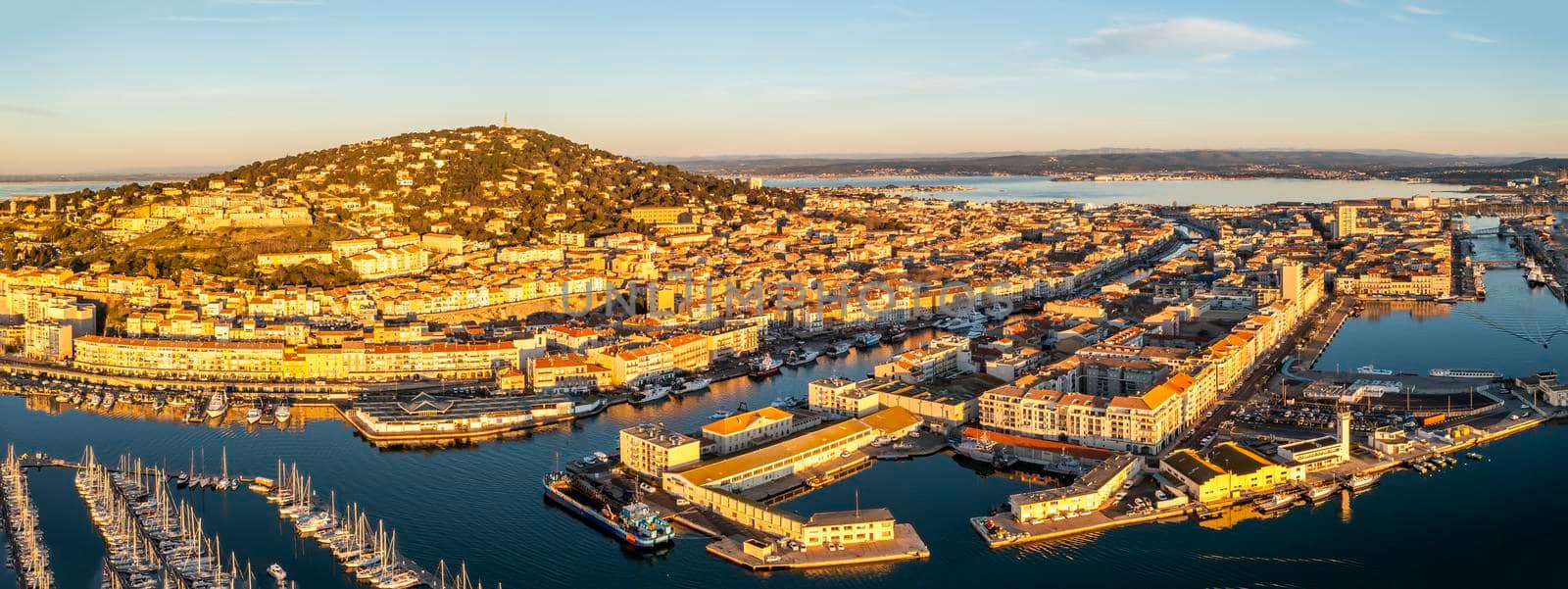
Aerial panorama of the port of Sète at sunrise in Hérault in Occitanie, France
Stock PhotoUsername
FredericResolution
7909x2969pxAerial panorama of the port of Sète at sunrise in Hérault in Occitanie, France

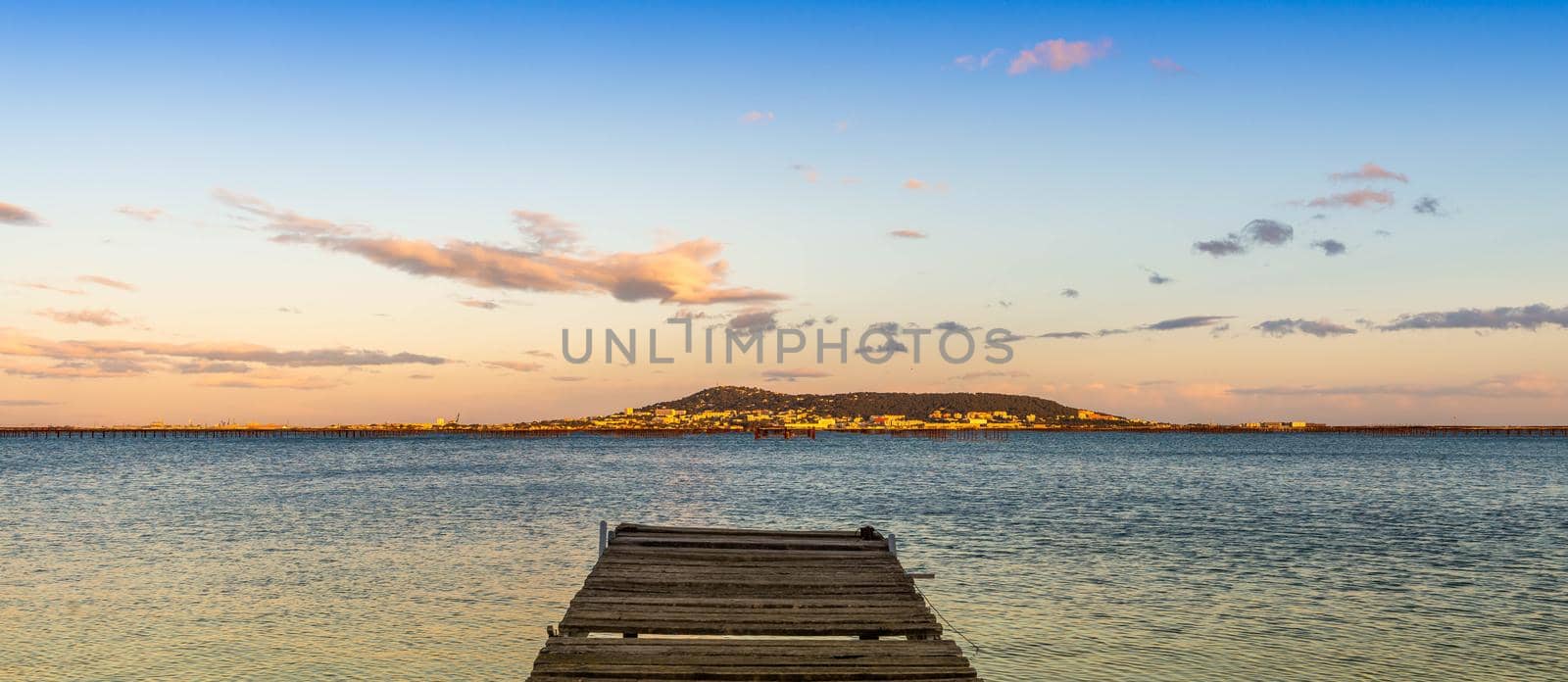
Mont Saint Clair and the Thau pond with its oyster tables in Hérault, Occitanie, France
Stock PhotoUsername
FredericResolution
7318x3185pxMont Saint Clair and the Thau pond with its oyster tables in Hérault, Occitanie, France

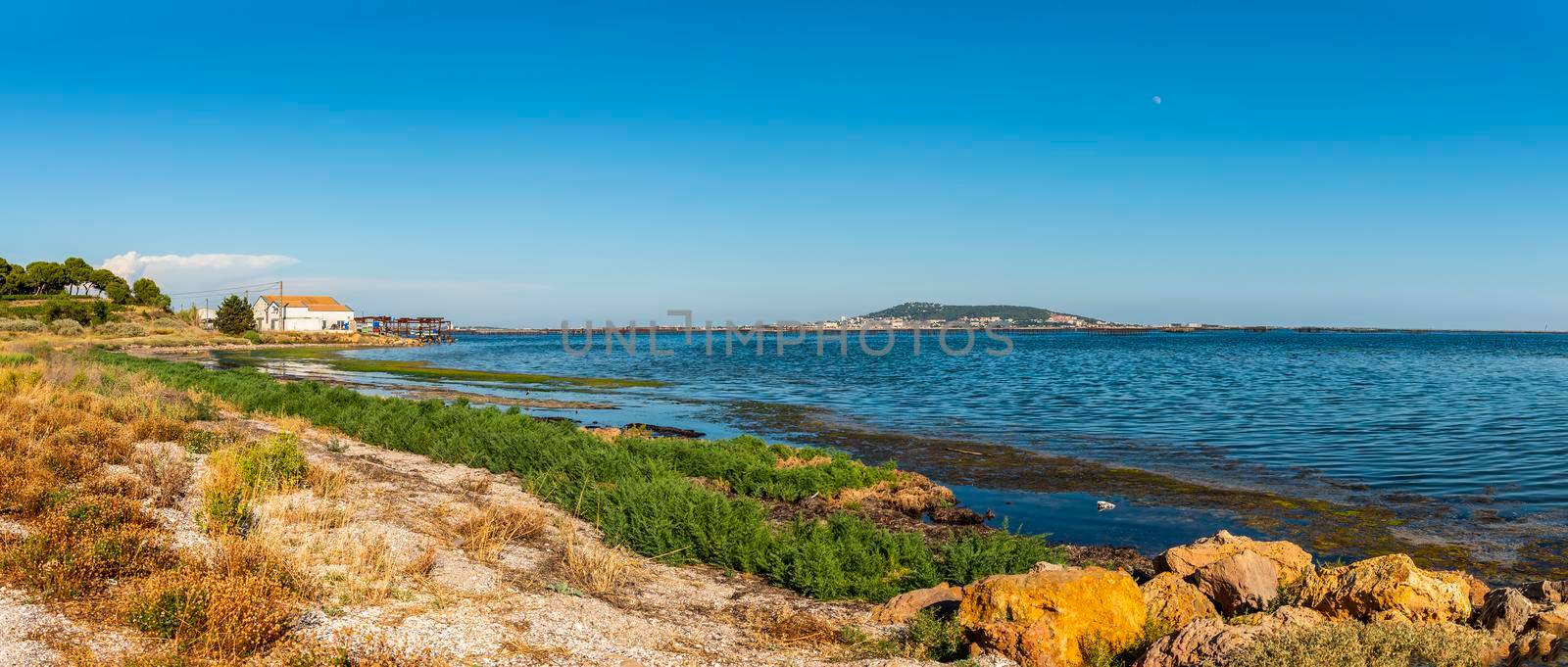
Pond of Thau and Sete at sunrise, Occitanie, France
Stock PhotoUsername
FredericResolution
9000x3828pxPond of Thau and Sete at sunrise, Occitanie, France


Village of Marseillan in summer, in Hérault in Occitanie, France
Stock PhotoUsername
FredericResolution
10311x4637pxVillage of Marseillan in summer, in Hérault in Occitanie, France
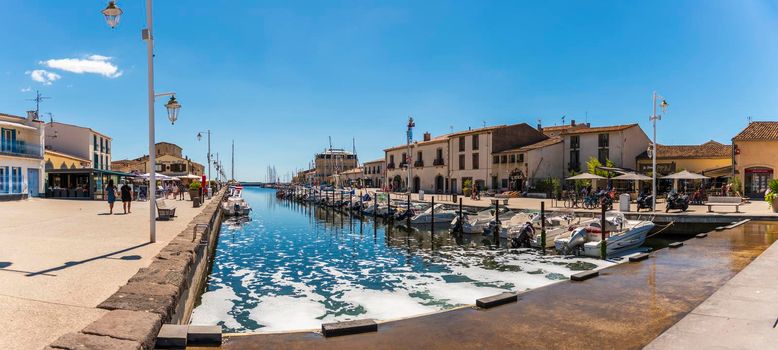

Village of Marseillan in summer, in Hérault in Occitanie, France
Stock PhotoUsername
FredericResolution
12931x4682pxVillage of Marseillan in summer, in Hérault in Occitanie, France
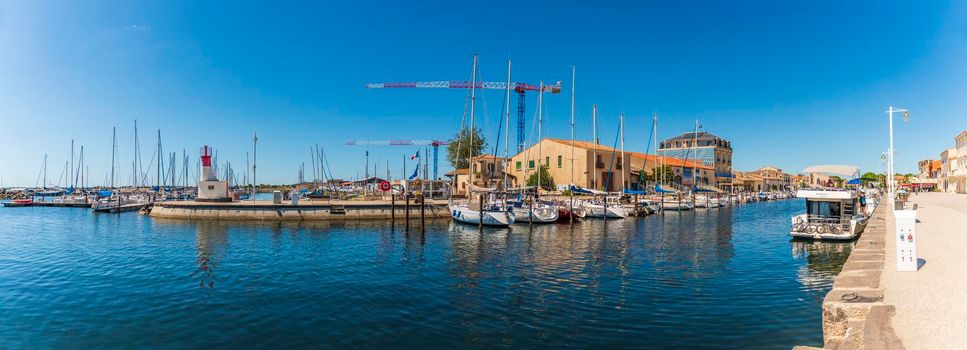
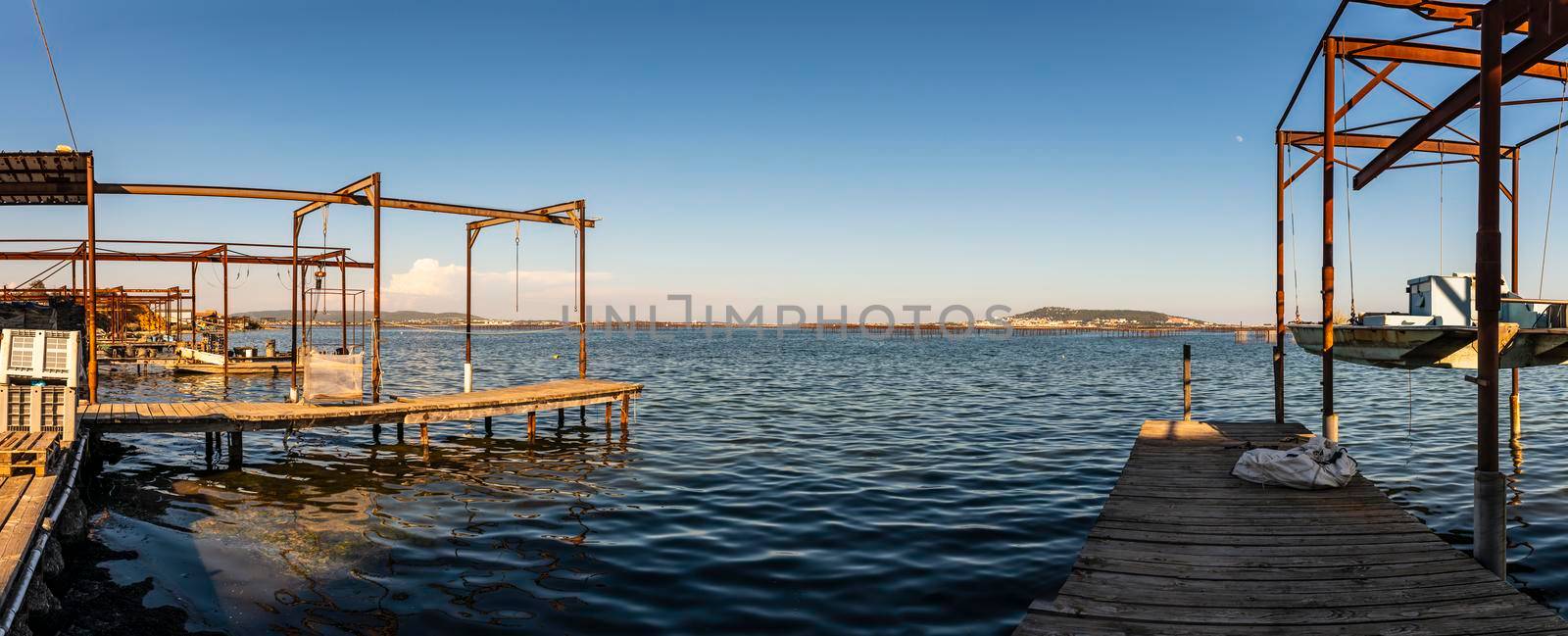
Oyster farm on the Thau lagoon and Mont Saint Clair in the background, in Bouzigues, Occitanie, France
Stock PhotoUsername
FredericResolution
11518x4670pxOyster farm on the Thau lagoon and Mont Saint Clair in the background, in Bouzigues, Occitanie, France

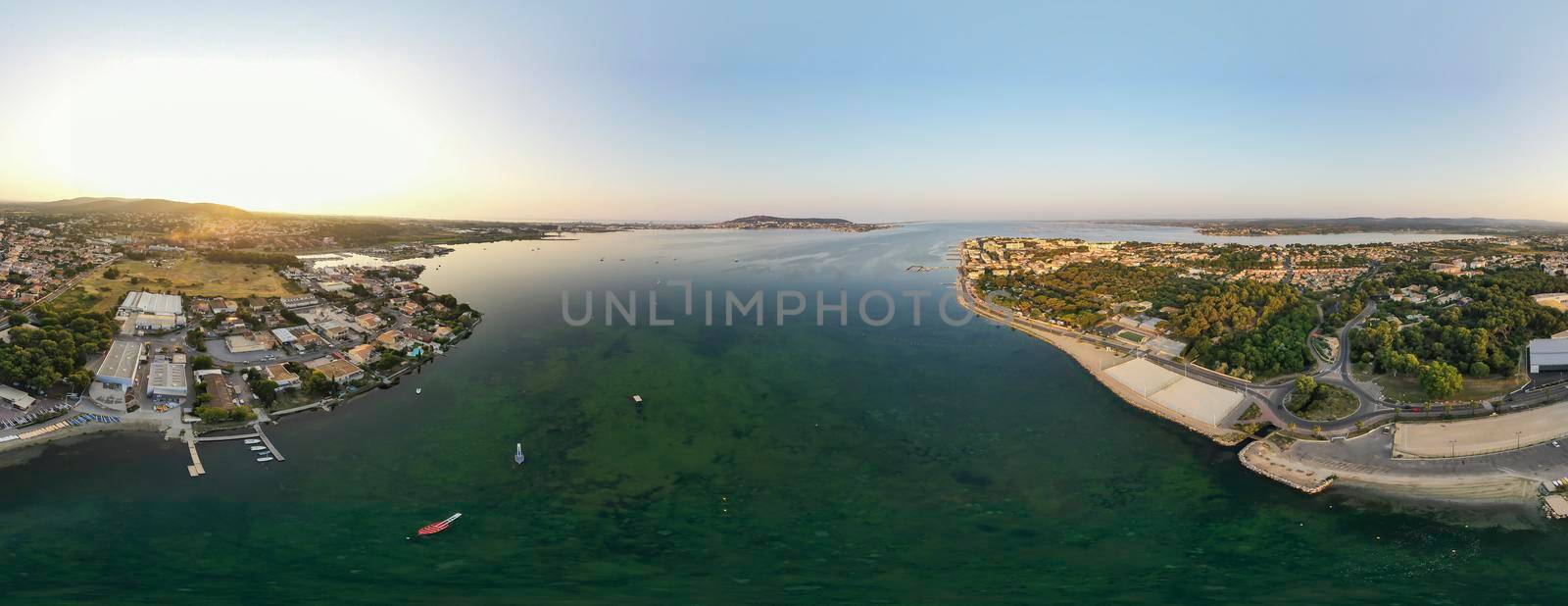
Aerial view of the Thau lagoon from Balaruc, Occitanie, France
Stock PhotoUsername
FredericResolution
8066x3113pxAerial view of the Thau lagoon from Balaruc, Occitanie, France

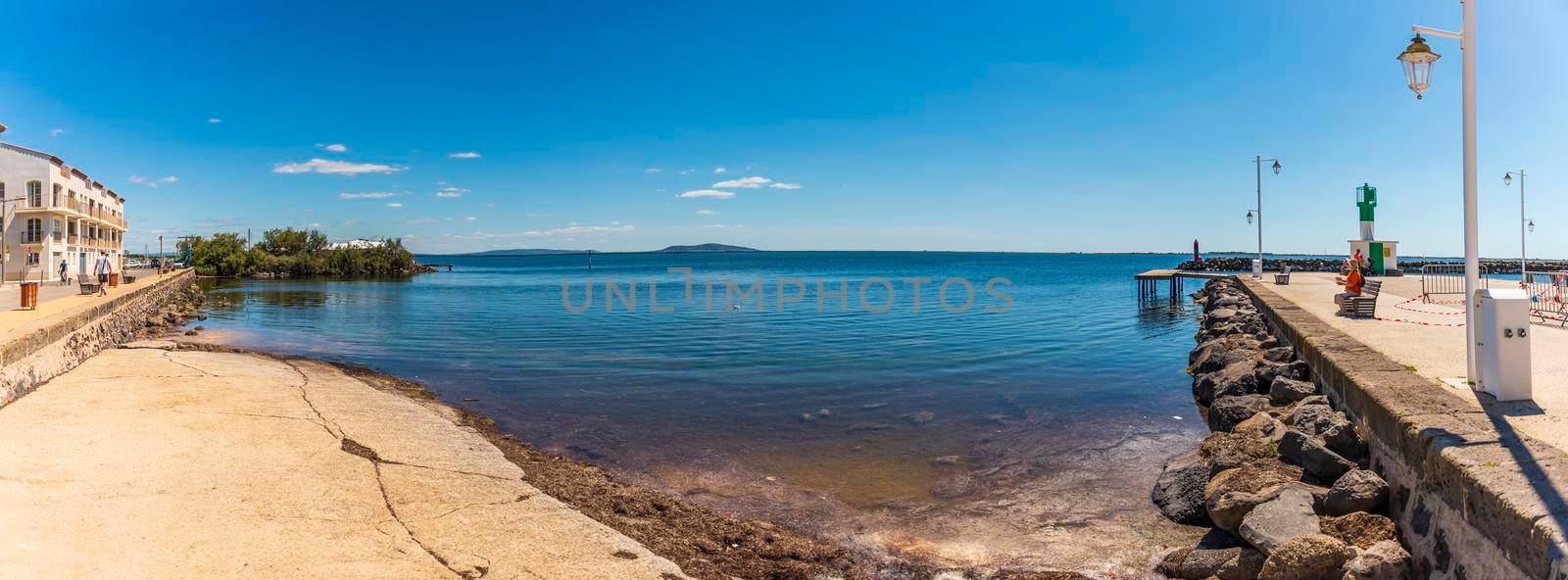
Village of Marseillan in summer, in Hérault in Occitanie, France
Stock PhotoUsername
FredericResolution
12643x4677pxVillage of Marseillan in summer, in Hérault in Occitanie, France

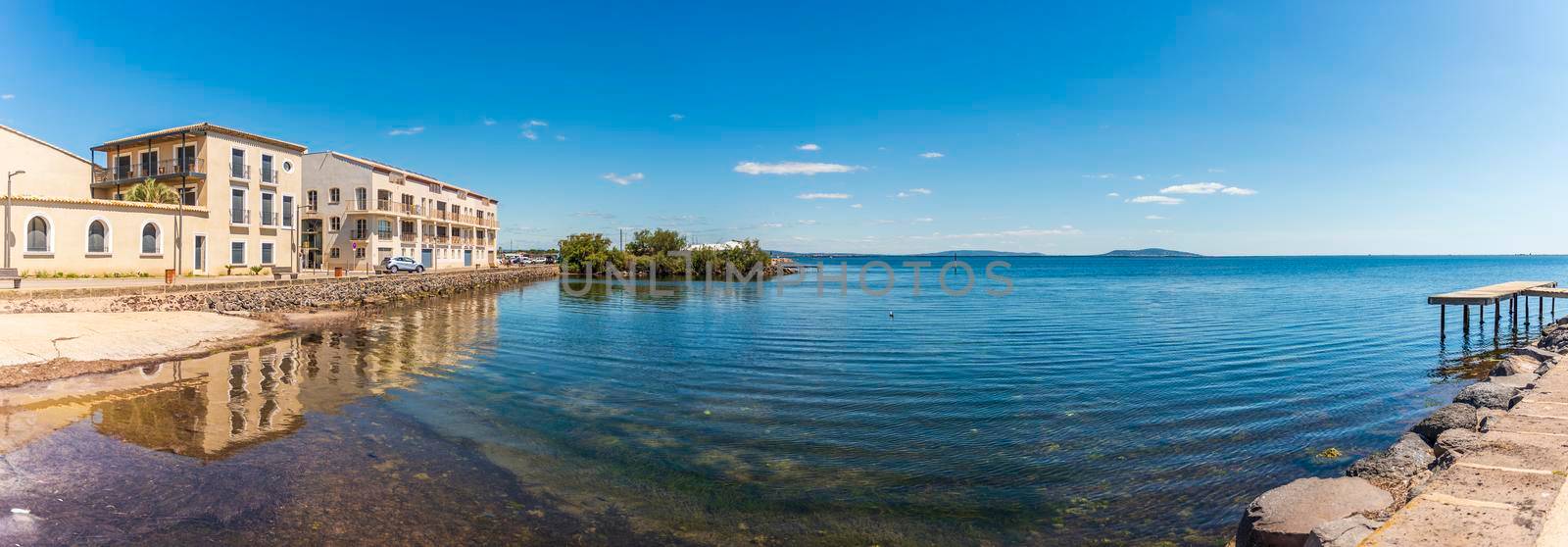
Village of Marseillan in summer, in Hérault in Occitanie, France
Stock PhotoUsername
FredericResolution
12963x4520pxVillage of Marseillan in summer, in Hérault in Occitanie, France

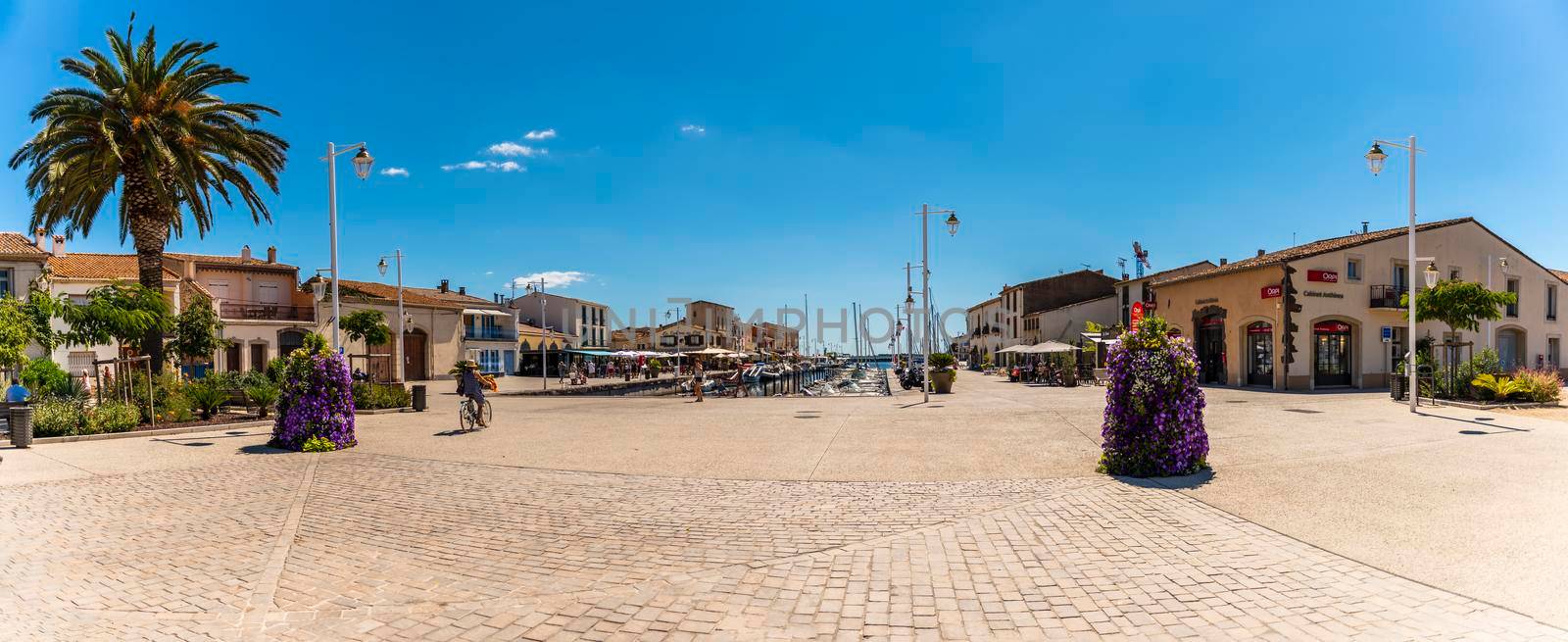
Village of Marseillan in summer, in Hérault in Occitanie, France
Stock PhotoUsername
FredericResolution
11407x4668pxVillage of Marseillan in summer, in Hérault in Occitanie, France

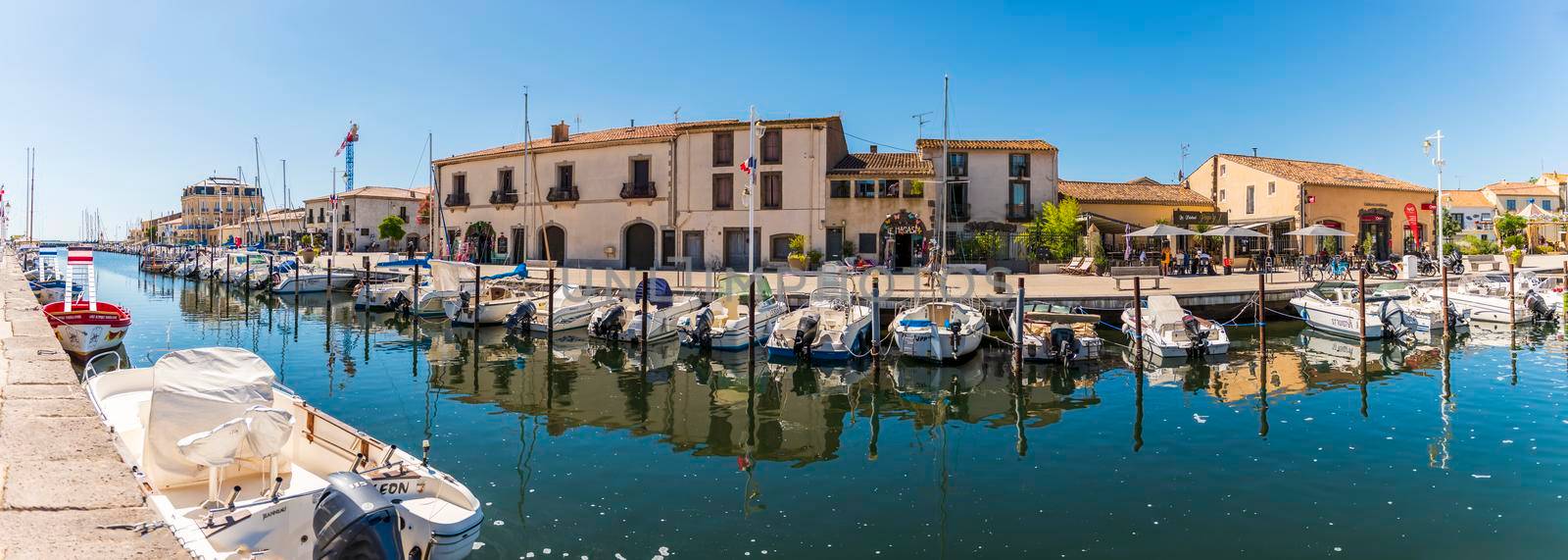
Village of Marseillan in summer, in Hérault in Occitanie, France
Stock PhotoUsername
FredericResolution
13362x4766pxVillage of Marseillan in summer, in Hérault in Occitanie, France

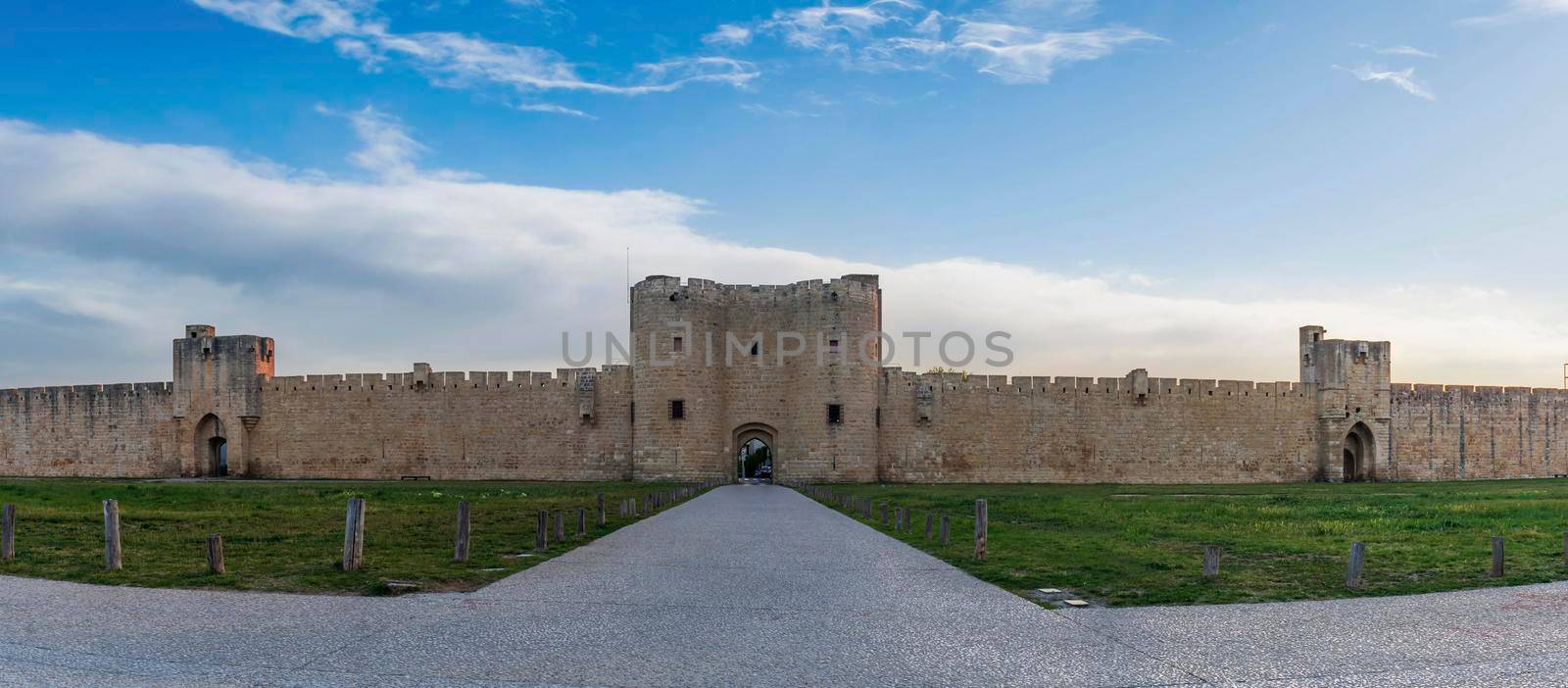
Gate and east ramparts, Aigues-Mortes in the early morning, in the Gard in Occitanie, France
Stock PhotoUsername
FredericResolution
8402x3687pxGate and east ramparts, Aigues-Mortes in the early morning, in the Gard in Occitanie, France

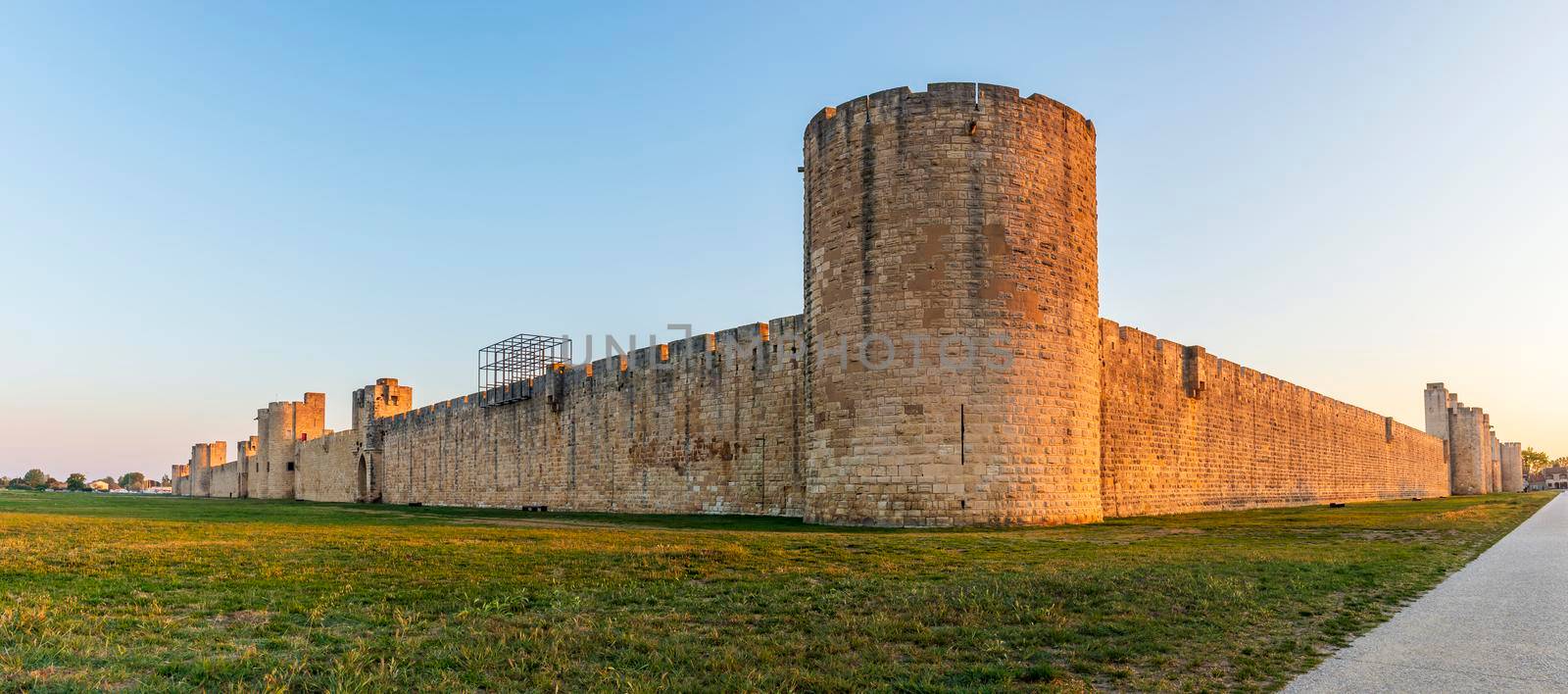
Gate and east ramparts, Aigues-Mortes in the early morning, in the Gard in Occitanie, France
Stock PhotoUsername
FredericResolution
9544x4224pxGate and east ramparts, Aigues-Mortes in the early morning, in the Gard in Occitanie, France


Aerial panorama of the city of Sète and the port, during sunrise, in the Hérault department in Occitanie, France
Stock PhotoUsername
FredericResolution
16660x2800pxAerial panorama of the city of Sète and the port, during sunrise, in the Hérault department in Occitanie, France

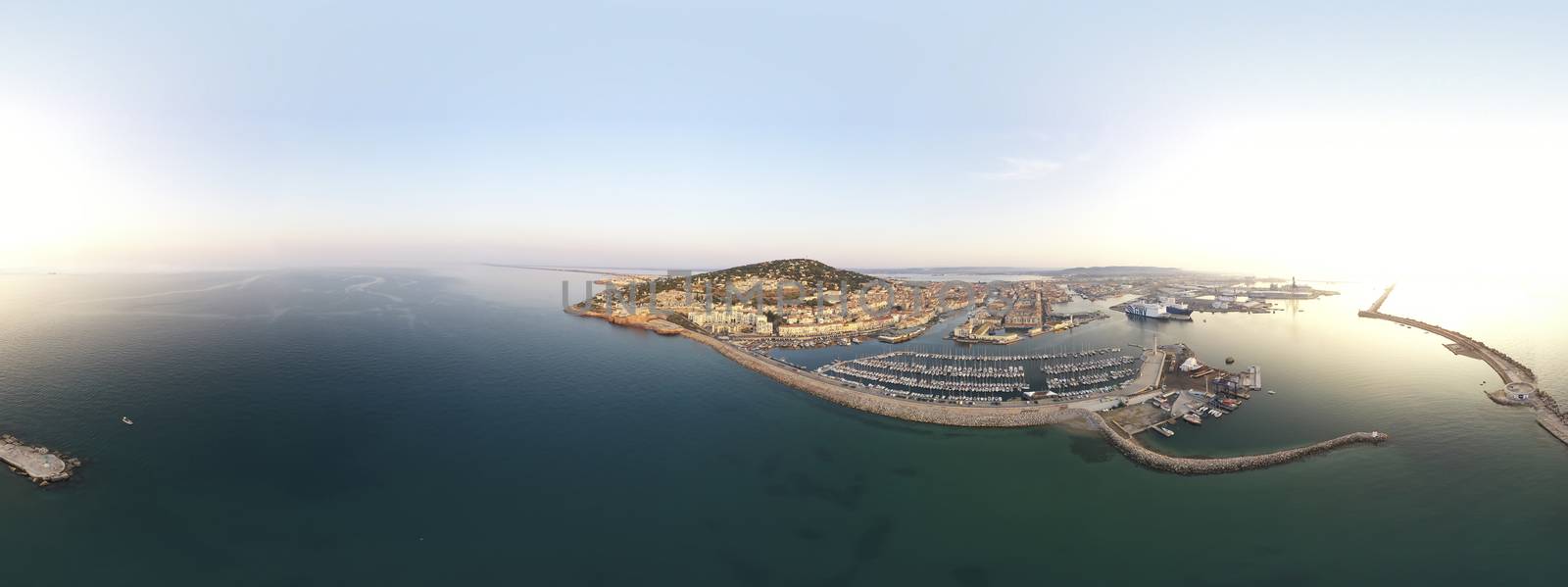
360º Aerial panorama of the city of Sète and the port, during sunrise, in the Hérault department in Occitanie, France
Stock PhotoUsername
FredericResolution
8179x3060px360º Aerial panorama of the city of Sète and the port, during sunrise, in the Hérault department in Occitanie, France


Aerial panorama of the city of Sète and the port, during sunrise, in the Hérault department in Occitanie, France
Stock PhotoUsername
FredericResolution
8192x2720pxAerial panorama of the city of Sète and the port, during sunrise, in the Hérault department in Occitanie, France


Aerial panorama of the city of Sete and Mont Saint Clair, on a very cloudy morning, in the Herault department in Occitanie, France
Stock PhotoUsername
FredericResolution
14099x2948pxAerial panorama of the city of Sete and Mont Saint Clair, on a very cloudy morning, in the Herault department in Occitanie, France

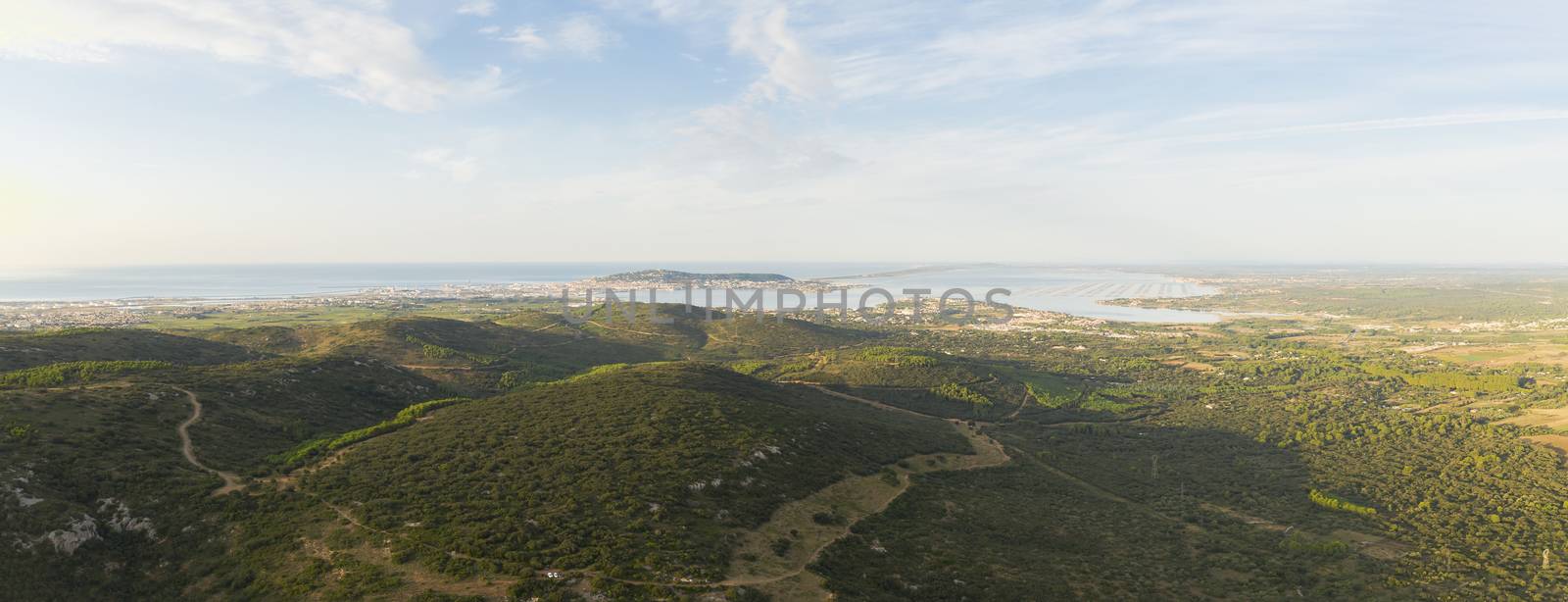
Aerial panoramic of the Thau lagoon from Gigean in Hérault in Occitanie, France
Stock PhotoUsername
FredericResolution
7714x2962pxAerial panoramic of the Thau lagoon from Gigean in Hérault in Occitanie, France


Aerial view of the Thau basin from Gigean in Hérault in Occitania, France
Stock PhotoUsername
FredericResolution
6365x2966pxAerial view of the Thau basin from Gigean in Hérault in Occitania, France
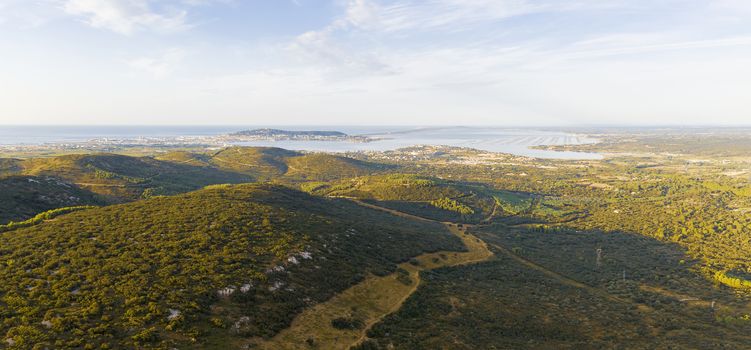
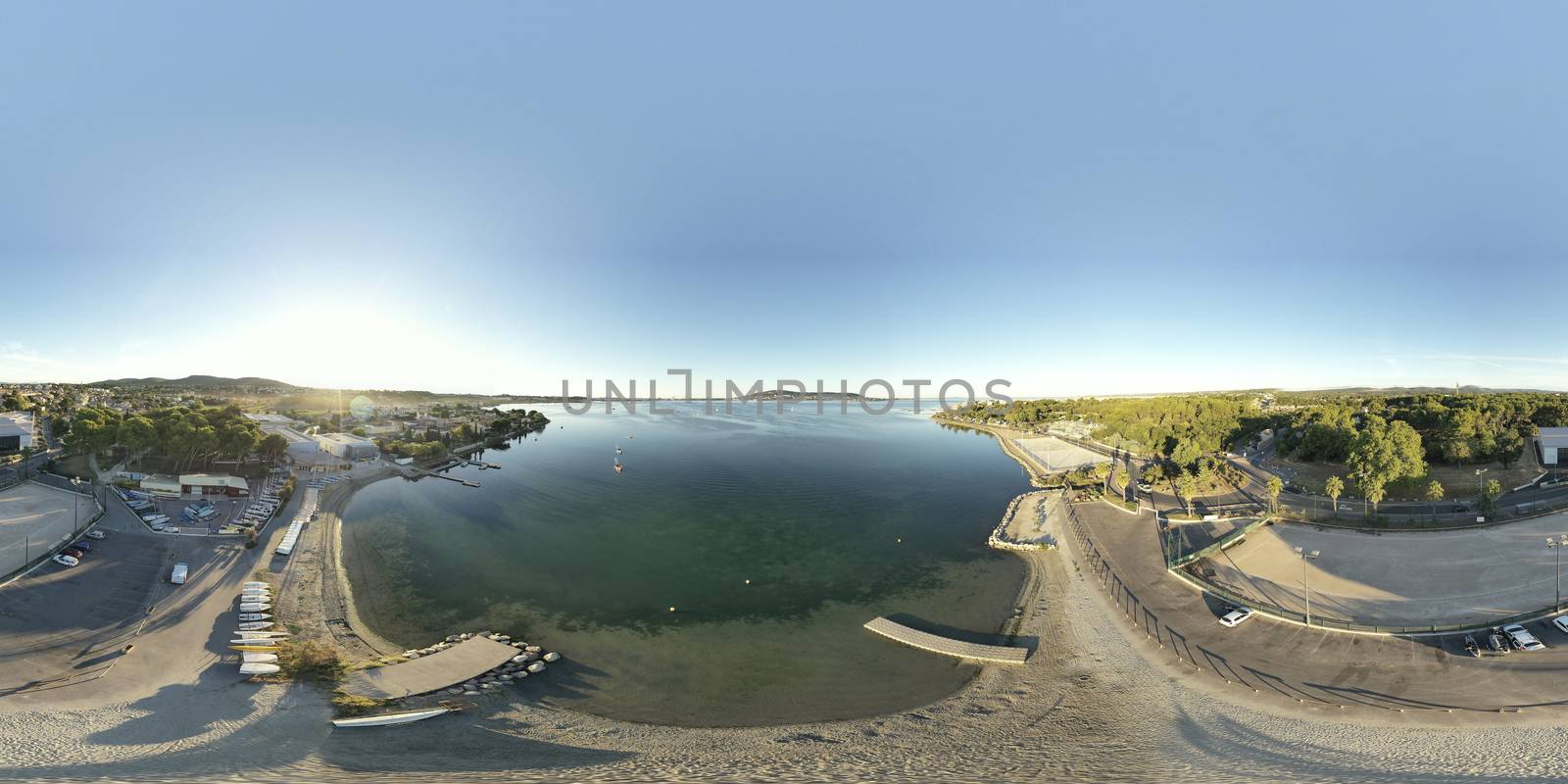
360º Aerial panoramic of the Thau lagoon and Mont-Saint-Clair from Balaruc, in Hrault in Occitania, France
Stock PhotoUsername
FredericResolution
8096x4048px360º Aerial panoramic of the Thau lagoon and Mont-Saint-Clair from Balaruc, in Hrault in Occitania, France

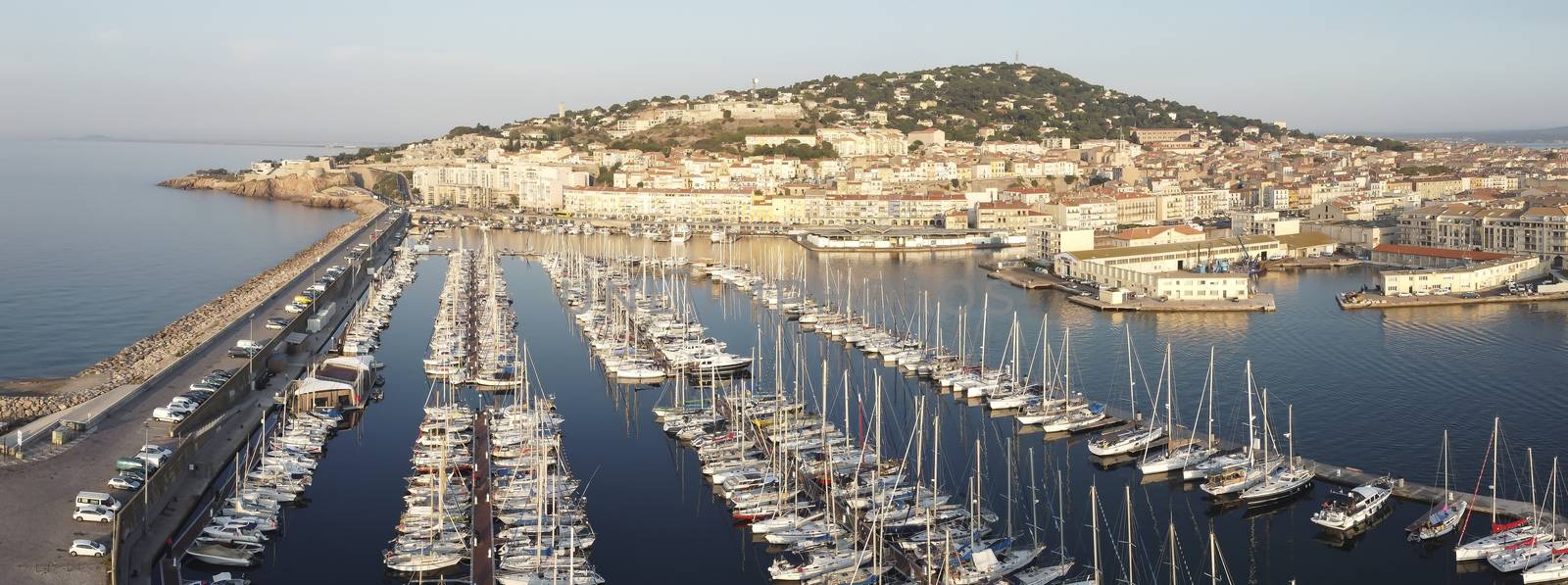
Aerial panorama of the marina of the port of Sete on a summer morning, in Herault in Occitania, France
Stock PhotoUsername
FredericResolution
5402x2017pxAerial panorama of the marina of the port of Sete on a summer morning, in Herault in Occitania, France


The coves along the Corniche de Sete, in Herault, in Occitania, France
Stock PhotoUsername
FredericResolution
10177x4643pxThe coves along the Corniche de Sete, in Herault, in Occitania, France
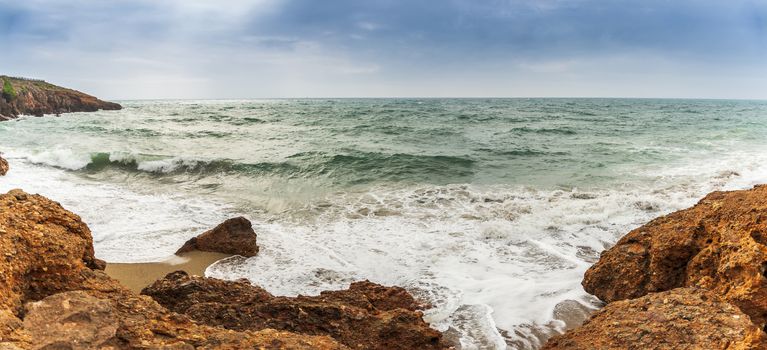

The Peyrade canal and the Consular Palace at dawn in Sète in Hérault, in Occitanie, France
Stock PhotoUsername
FredericResolution
7322x3520pxThe Peyrade canal and the Consular Palace at dawn in Sète in Hérault, in Occitanie, France
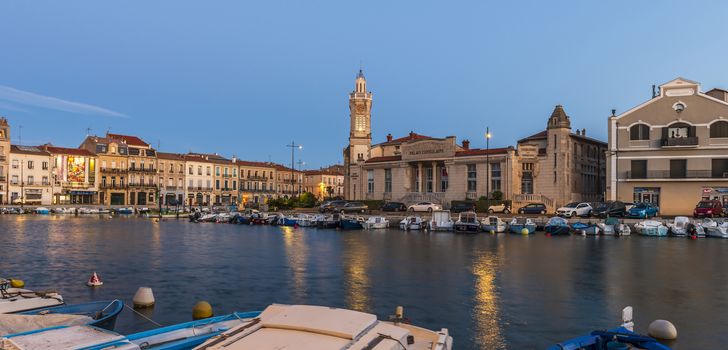

Panorama of the port of Sète in the Hérault in Occitania, France
Stock PhotoUsername
FredericResolution
15219x3511pxPanorama of the port of Sète in the Hérault in Occitania, France


A superb sunrise with a very colorful sky in Sète in Hérault in Occitanie, France
Stock PhotoUsername
FredericResolution
7360x3125pxA superb sunrise with a very colorful sky in Sète in Hérault in Occitanie, France
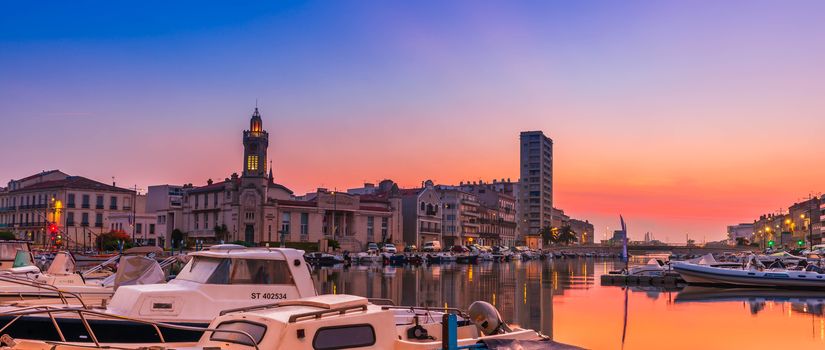
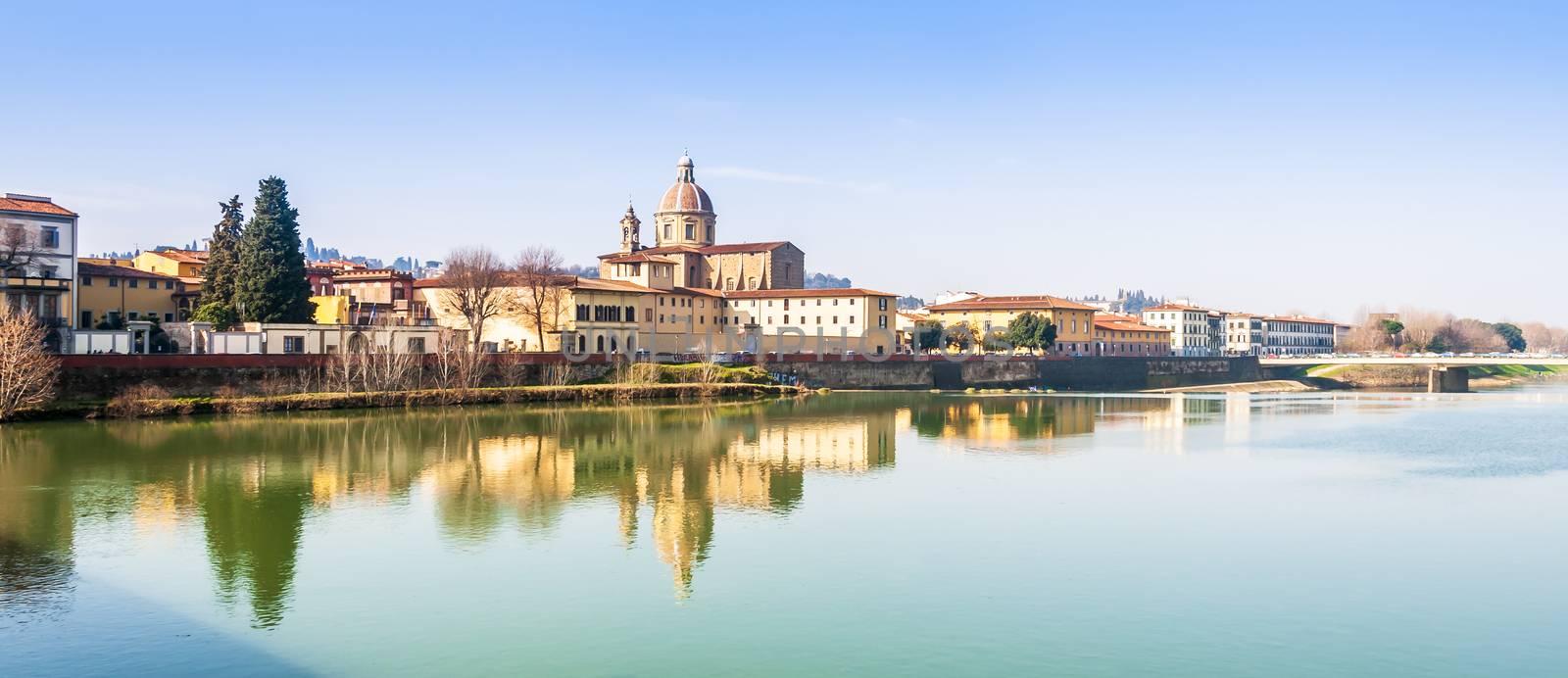
Banks of the Arno in Florence and its reflections in Tuscany, Italy
Stock PhotoUsername
FredericResolution
4288x1855pxBanks of the Arno in Florence and its reflections in Tuscany, Italy

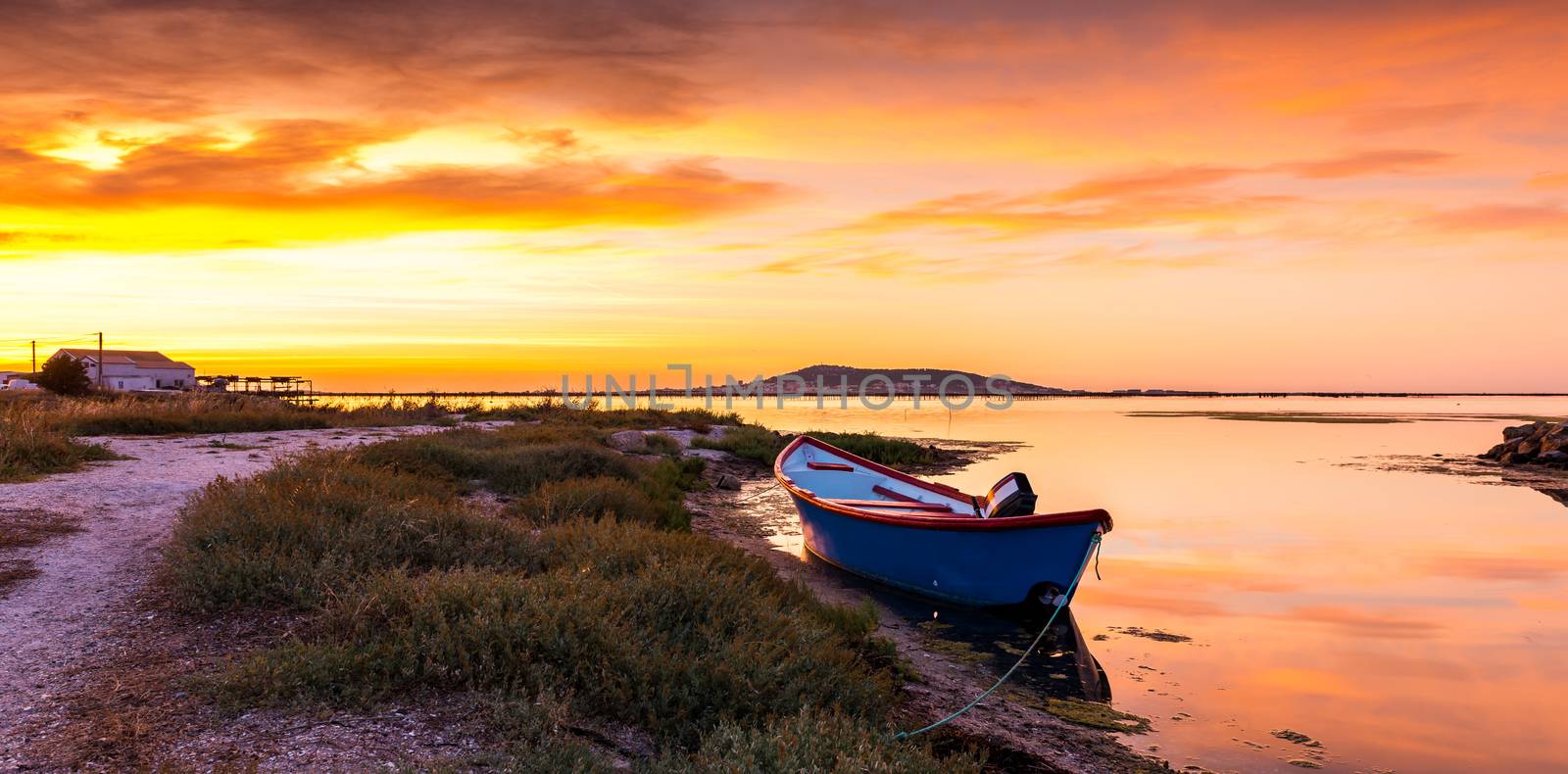
Boat on Thau Pond near Sète in Occitanie, France.
Stock PhotoUsername
FredericResolution
7342x3625pxBoat on Thau Pond near Sète in Occitanie, France.


Panorama of the Mediterranean Sea and the Etang de Thau from Sète.
Stock PhotoUsername
FredericResolution
7359x2305pxPanorama of the Mediterranean Sea and the Etang de Thau from Sète.


Panoramic of the Peyrade canal and its facades in Sète, in the Herault in Occitanie.
Stock PhotoUsername
FredericResolution
12752x3160pxPanoramic of the Peyrade canal and its facades in Sète, in the Herault in Occitanie.

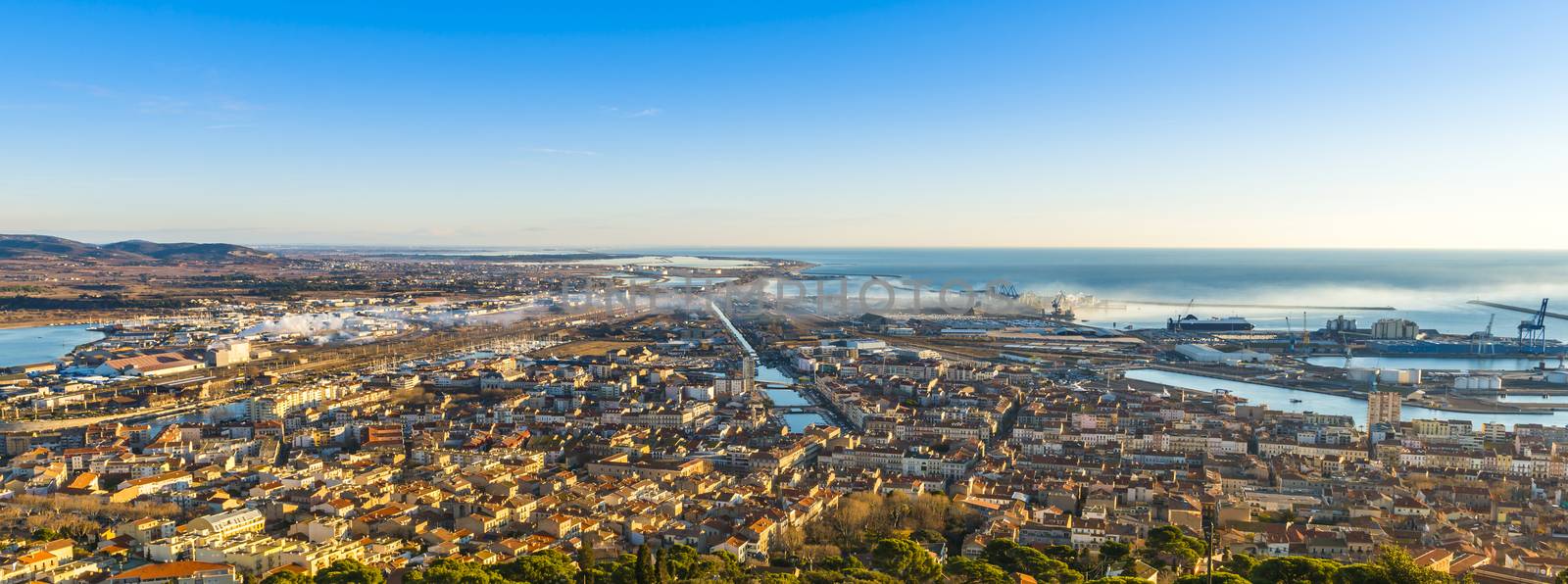
A panorama of the city of Sète and its port from the top of Mont Saint-Clair.
Stock PhotoUsername
FredericResolution
7347x2737pxA panorama of the city of Sète and its port from the top of Mont Saint-Clair.

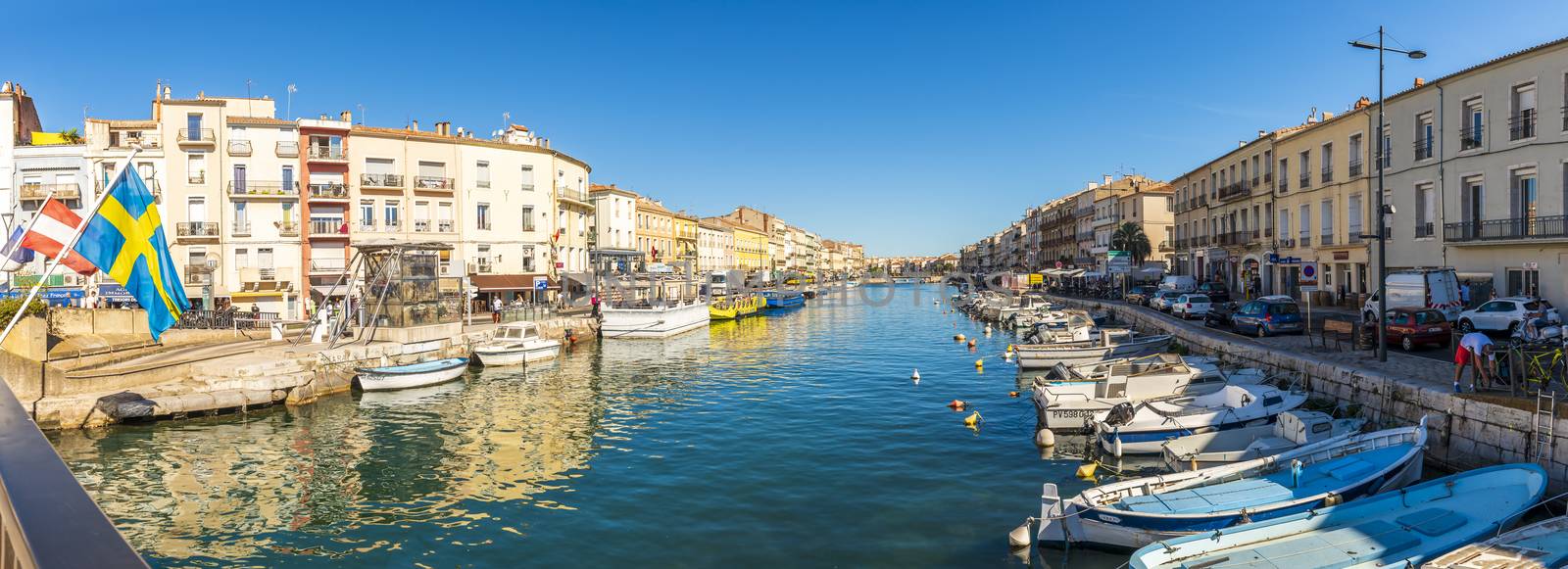
Panoramic view of the Sète canal in the morning in summer, in Hérault in Occitania, France
Stock PhotoUsername
FredericResolution
12036x4372pxPanoramic view of the Sète canal in the morning in summer, in Hérault in Occitania, France

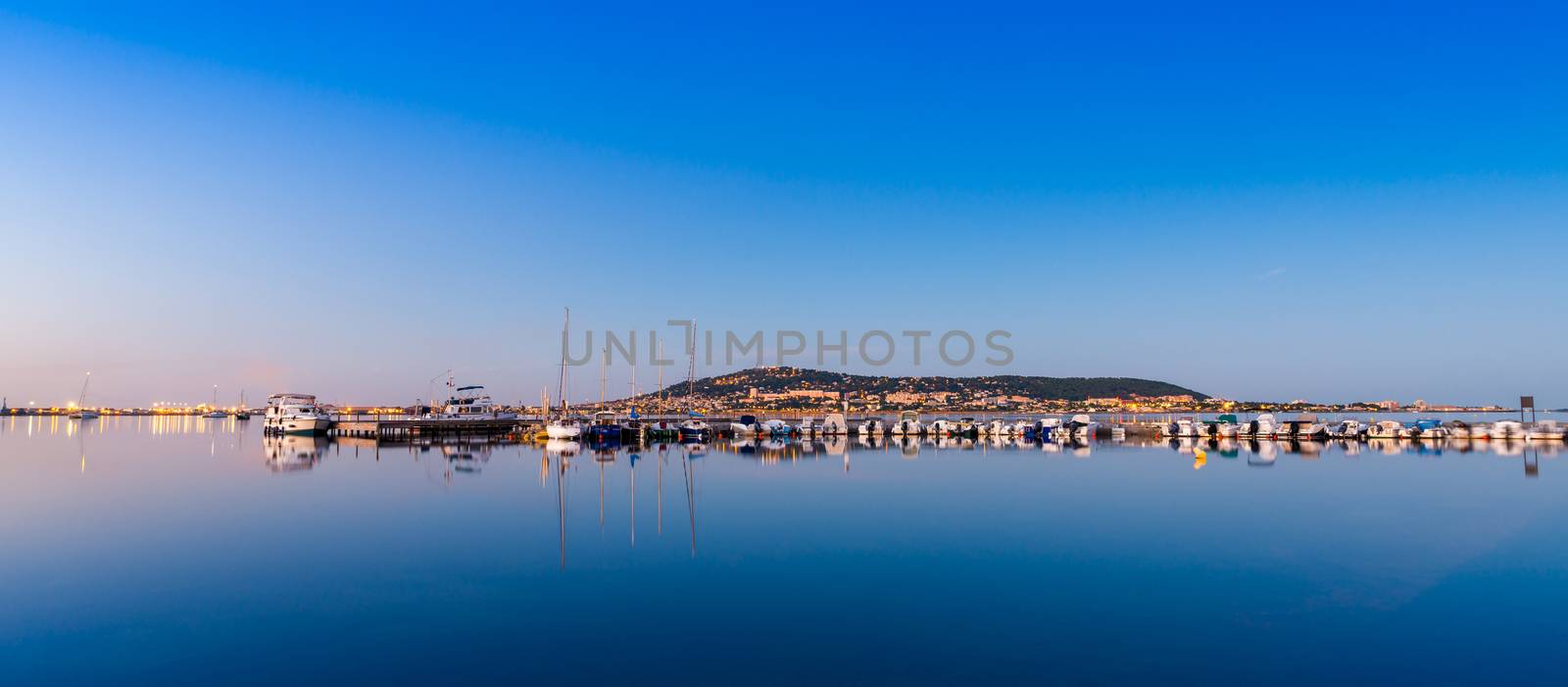
Panorama of the Thau lake at dawn and Mont Saint-Clair in the background.
Stock PhotoUsername
FredericResolution
7281x3189pxPanorama of the Thau lake at dawn and Mont Saint-Clair in the background.


Panoramic of the city of Sète in the south of France, in Occitania
Stock PhotoUsername
FredericResolution
11825x3192pxPanoramic of the city of Sète in the south of France, in Occitania

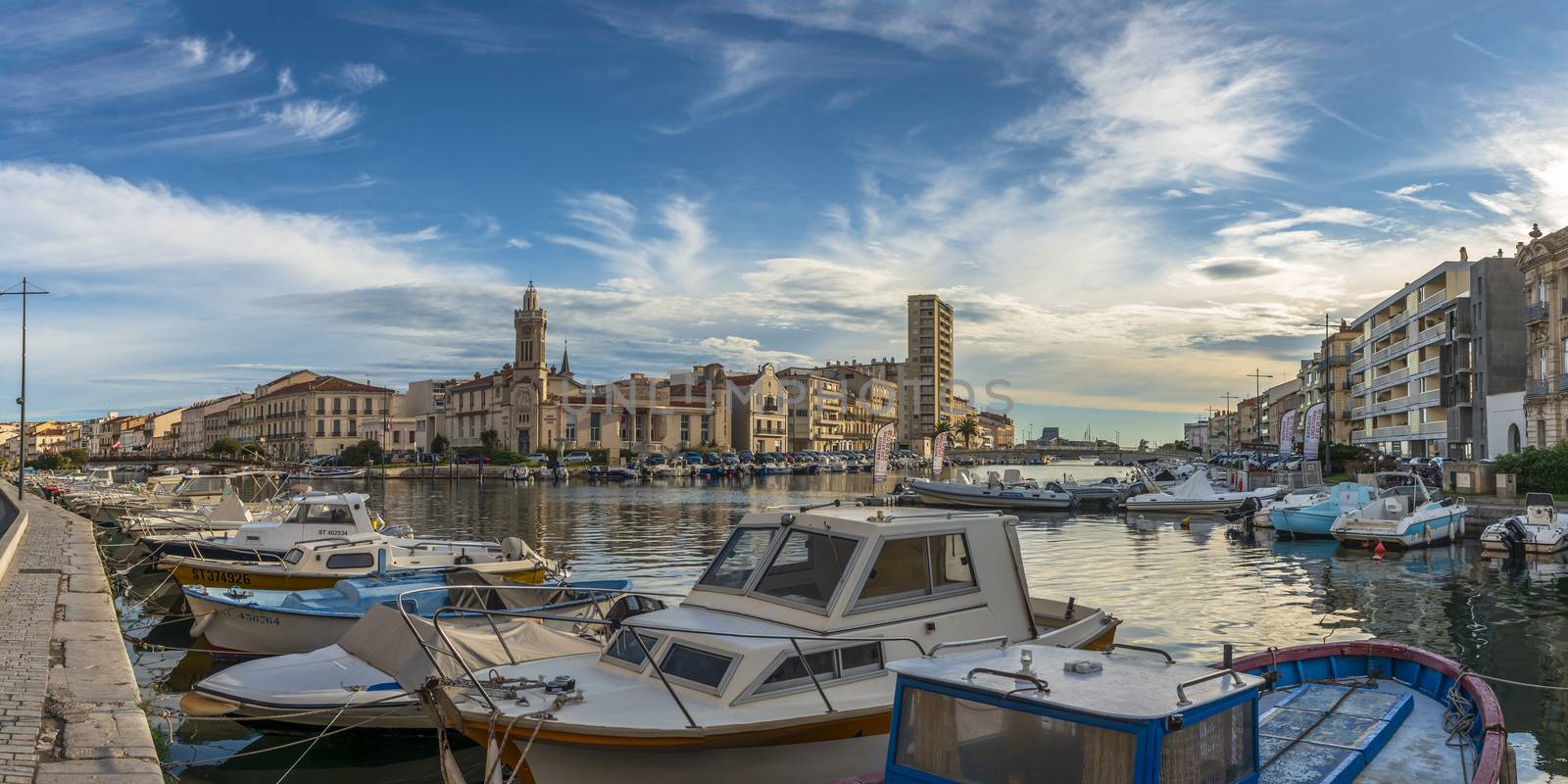
Panorama from the Quai Maréchal de Lattre de Tassigny on the Consulere Palace, in Sete, in the south of France in Occitanie.
Stock PhotoUsername
FredericResolution
8596x4296pxPanorama from the Quai Maréchal de Lattre de Tassigny on the Consulere Palace, in Sete, in the south of France in Occitanie.

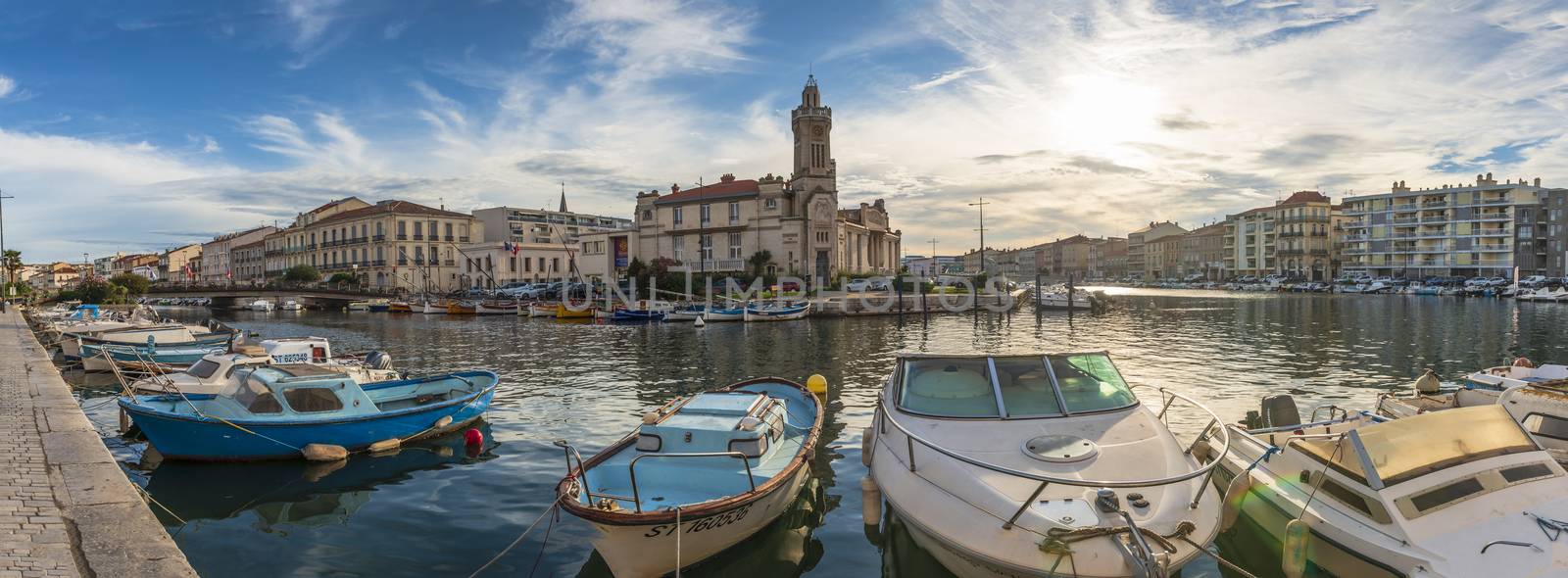
The royal canal of Sète with the consular palace in the background, on a summer morning, in Hérault in Occitan.
Stock PhotoUsername
FredericResolution
12685x4678pxThe royal canal of Sète with the consular palace in the background, on a summer morning, in Hérault in Occitan.

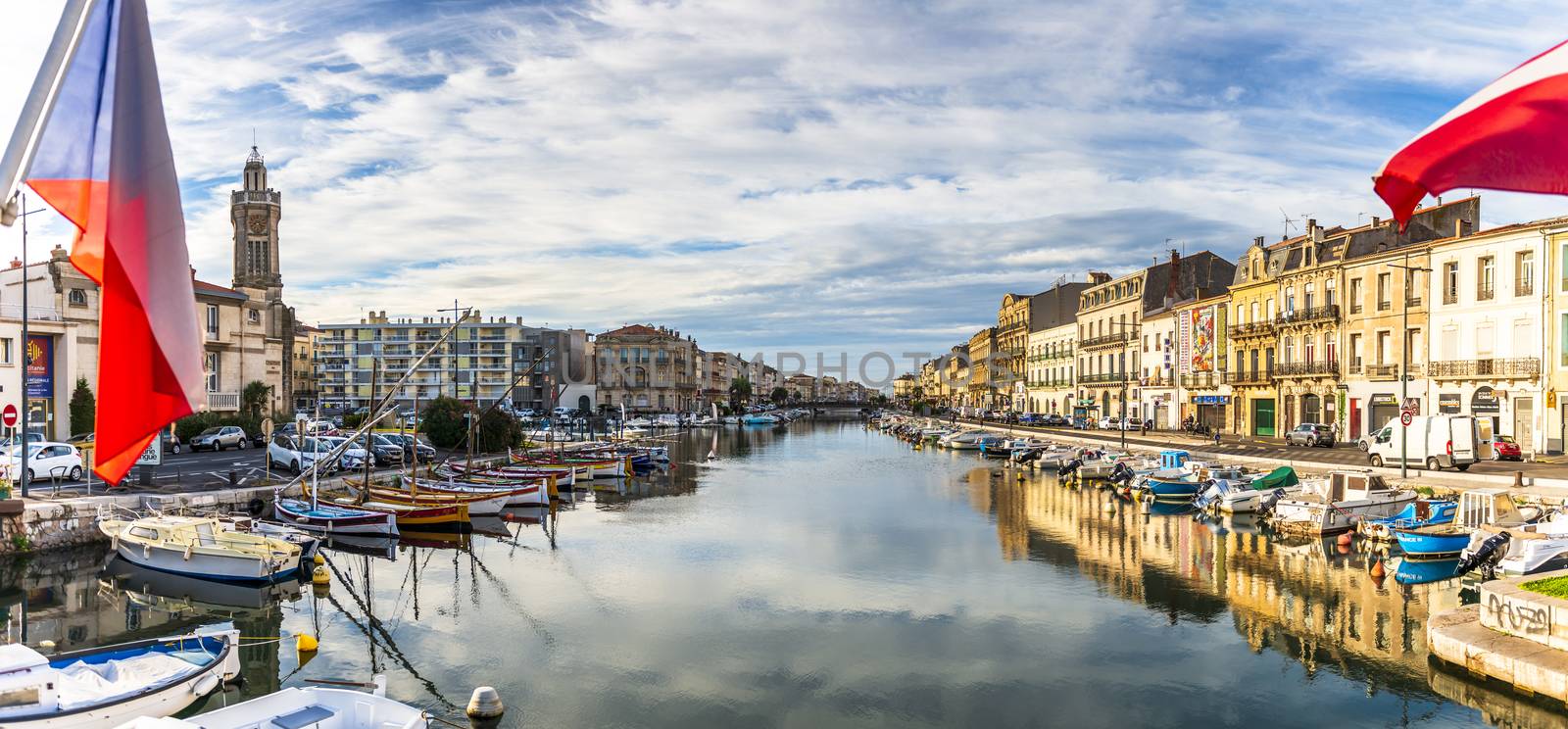
Panoramic view of the Sète canal in the morning in summer, in Hérault in Occitania, France
Stock PhotoUsername
FredericResolution
9195x4278pxPanoramic view of the Sète canal in the morning in summer, in Hérault in Occitania, France

